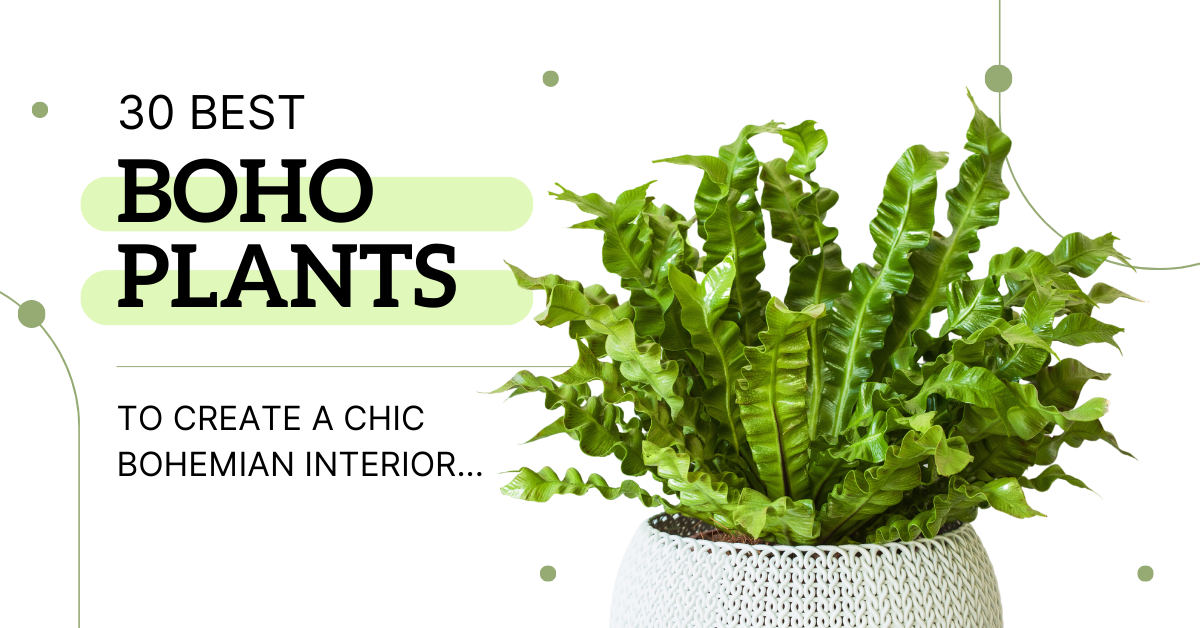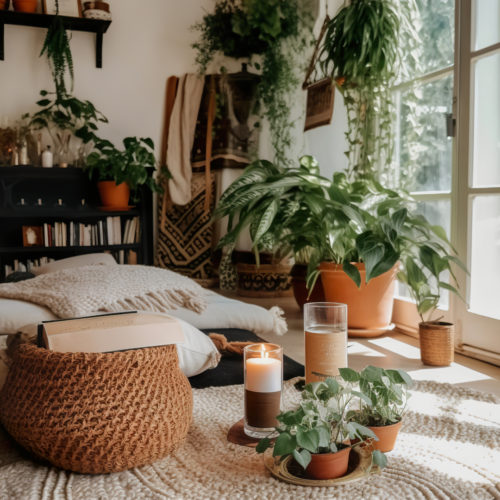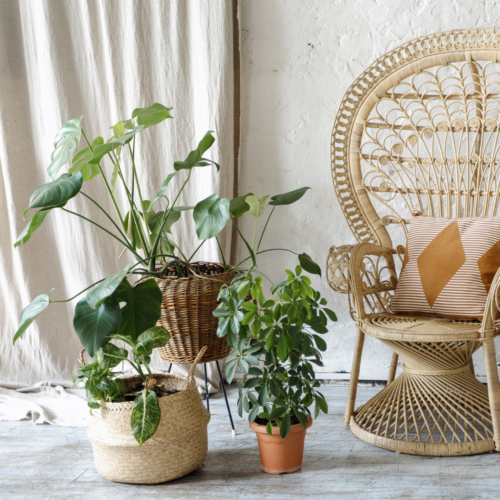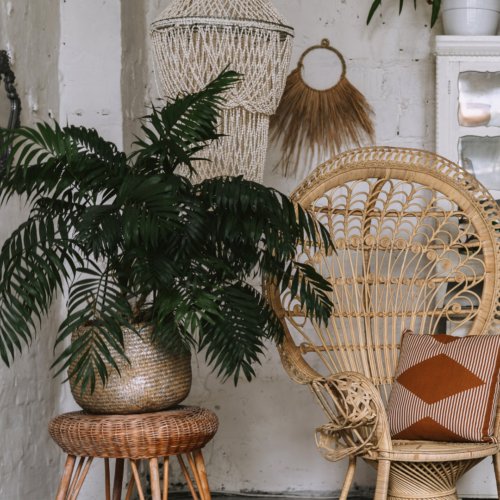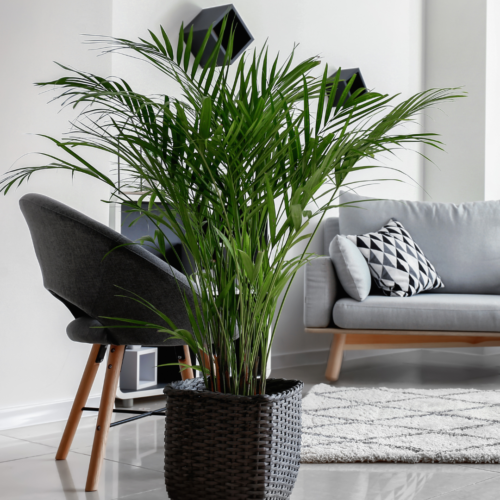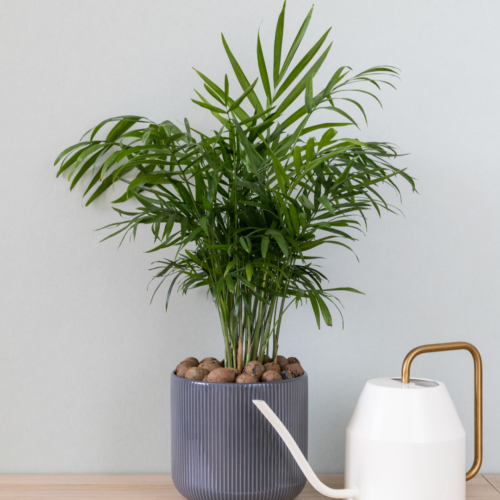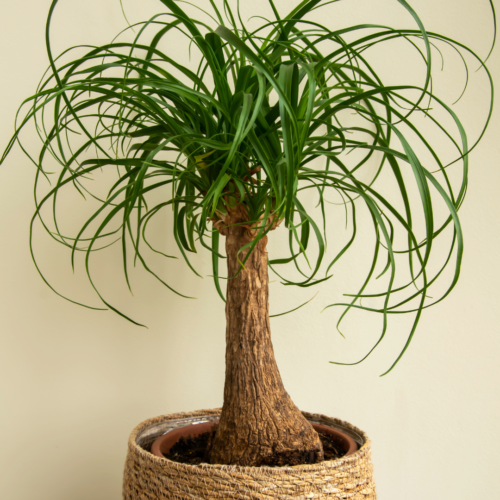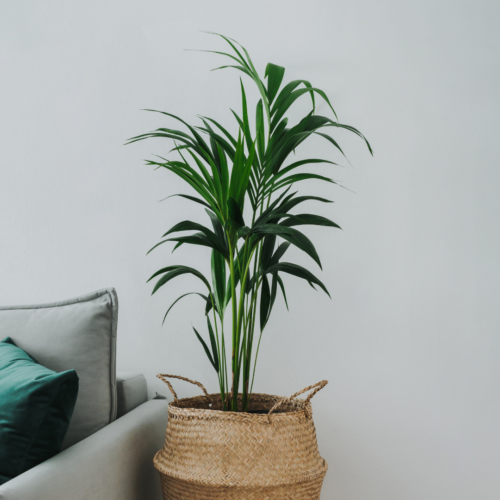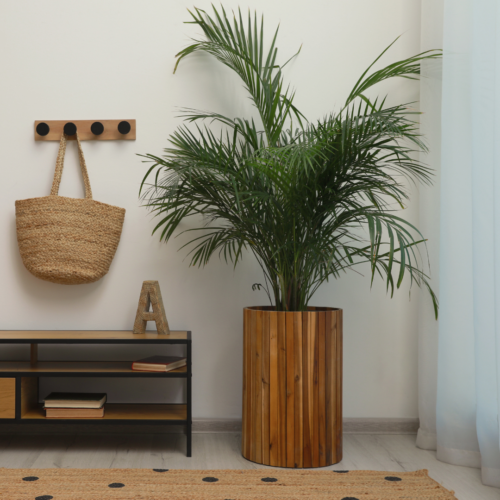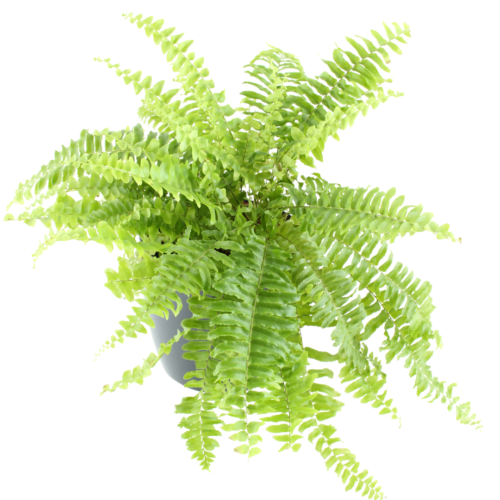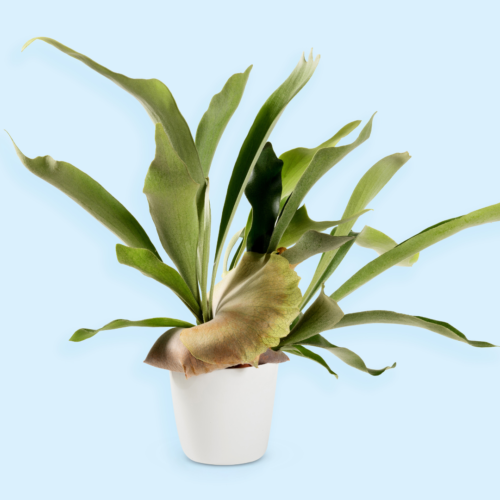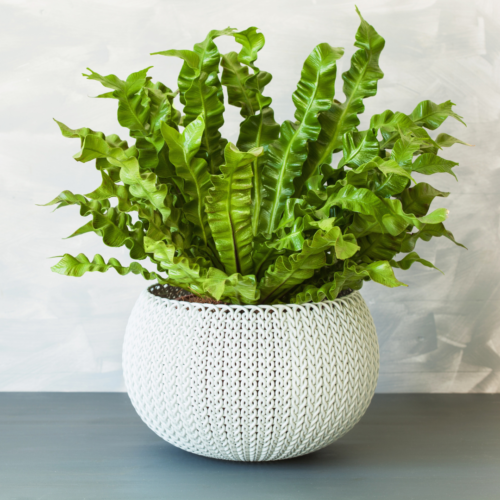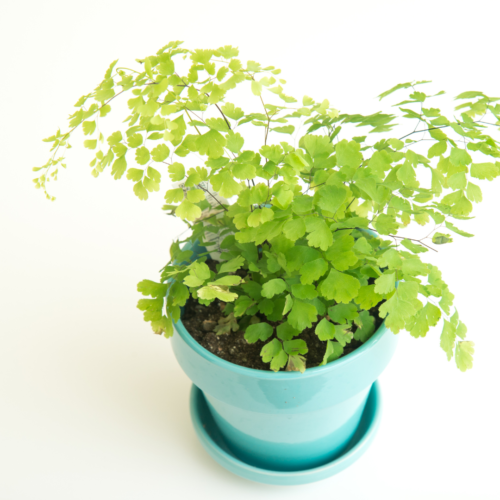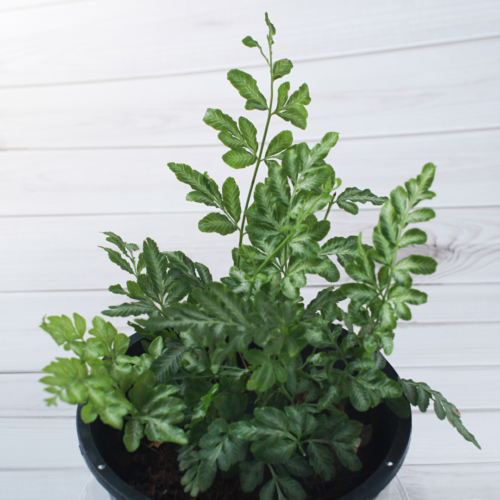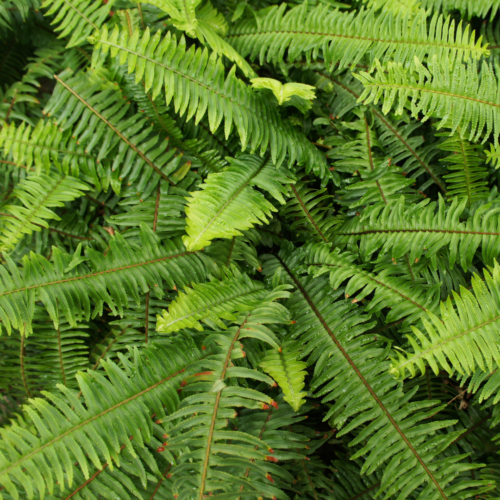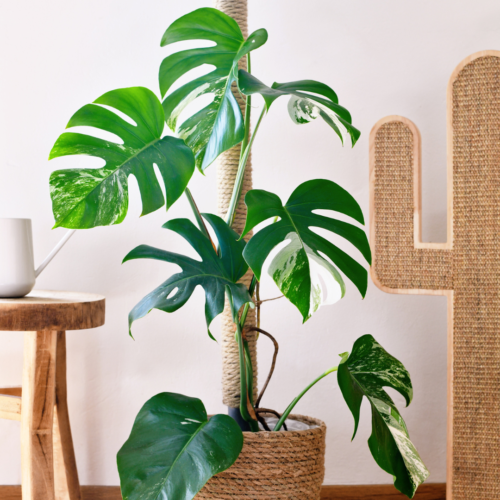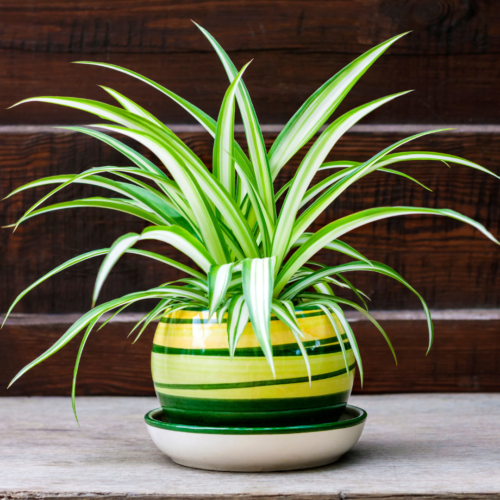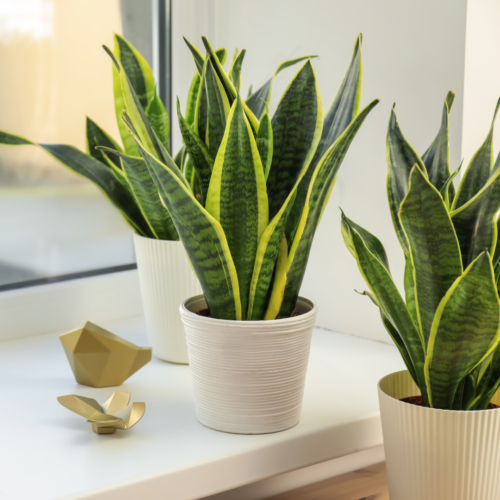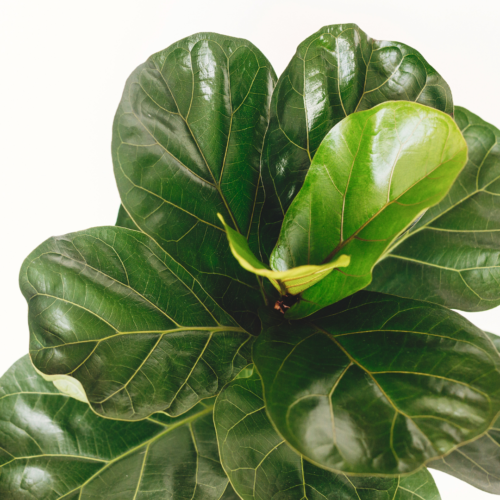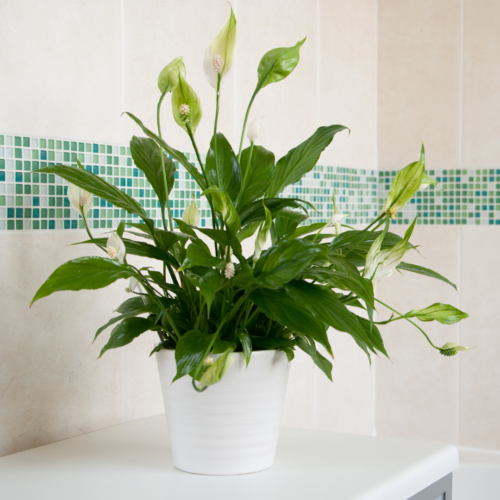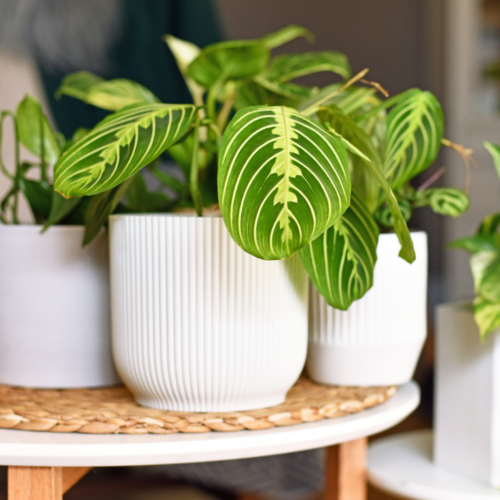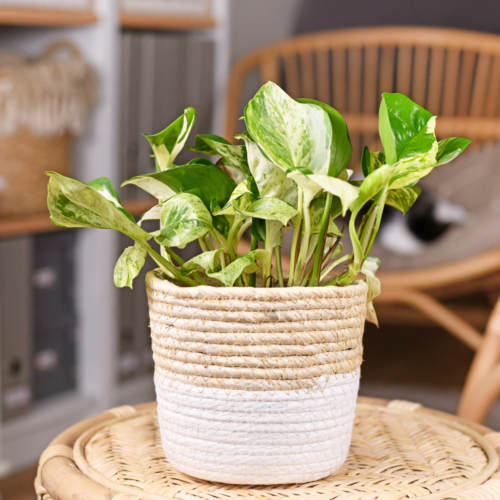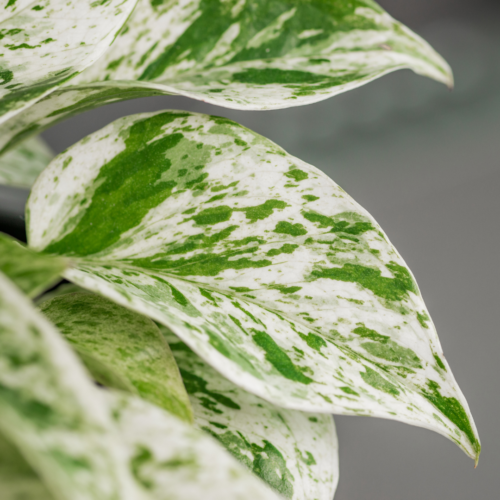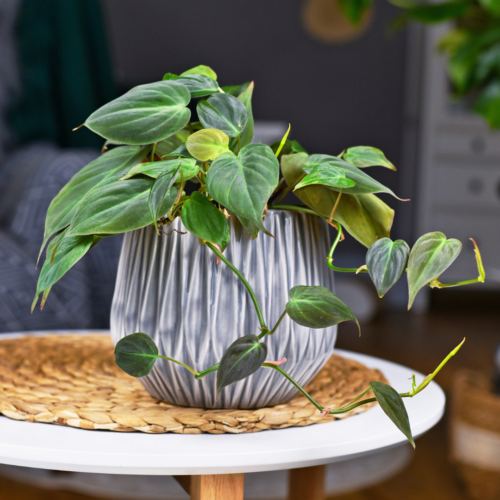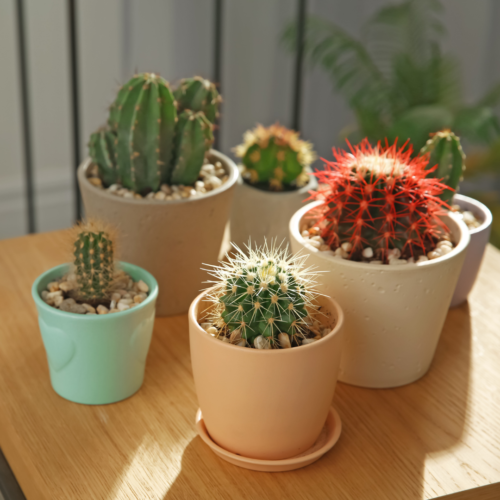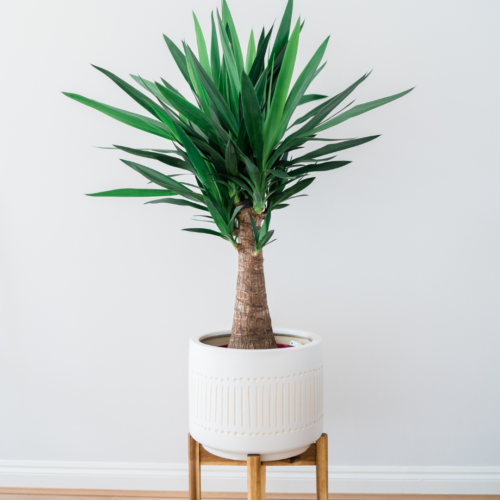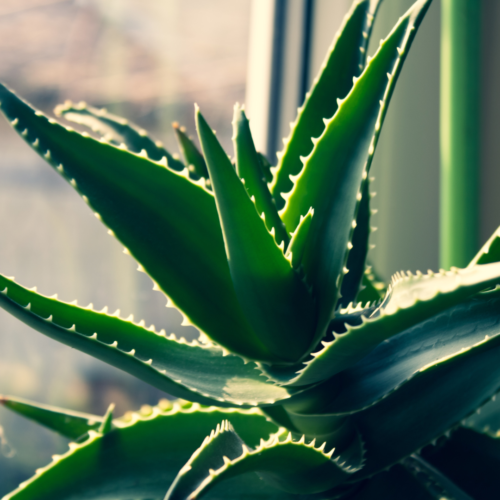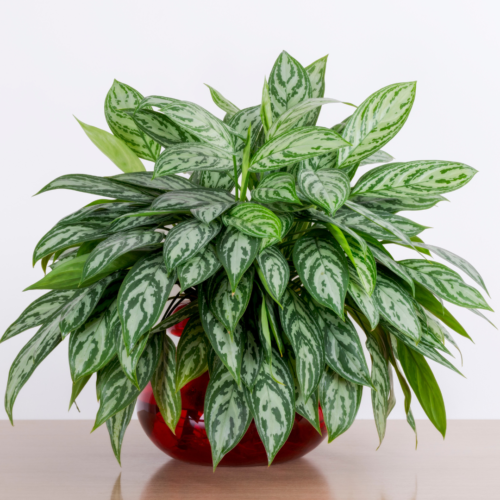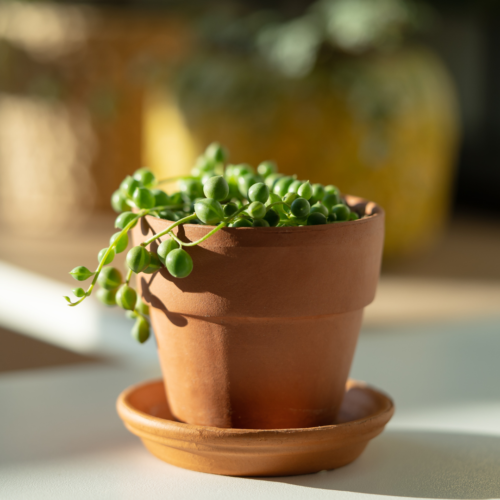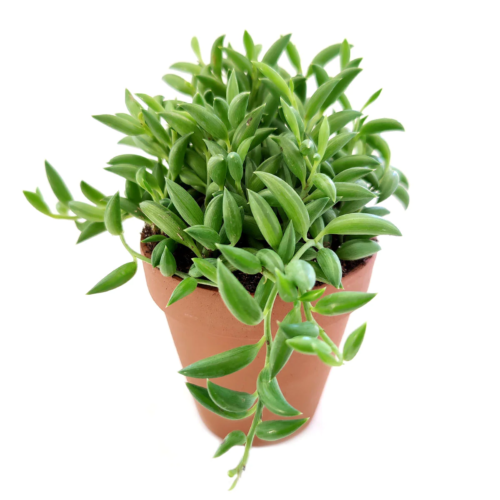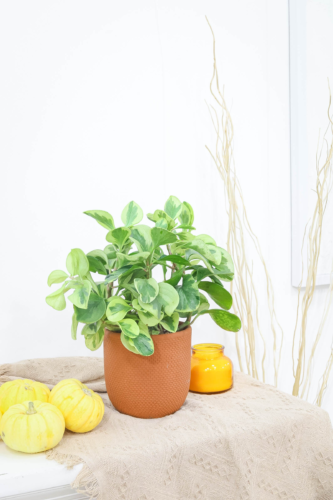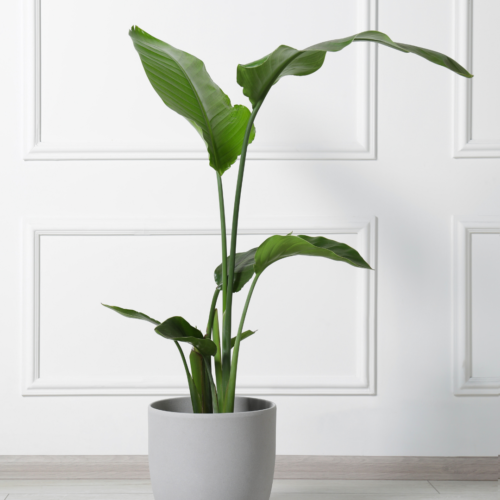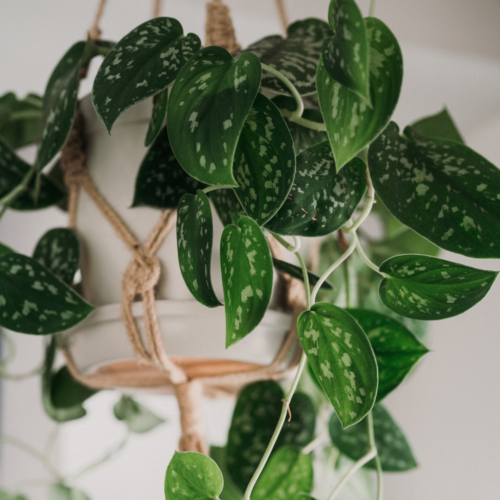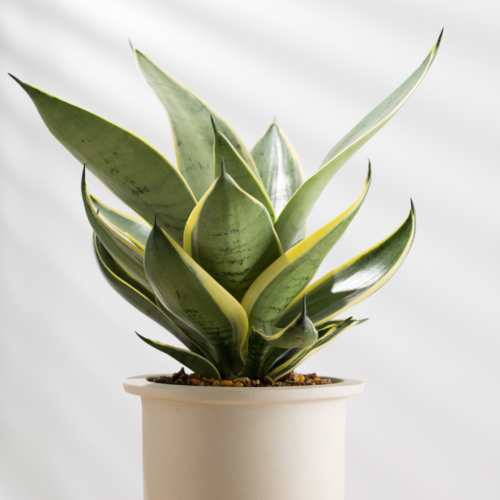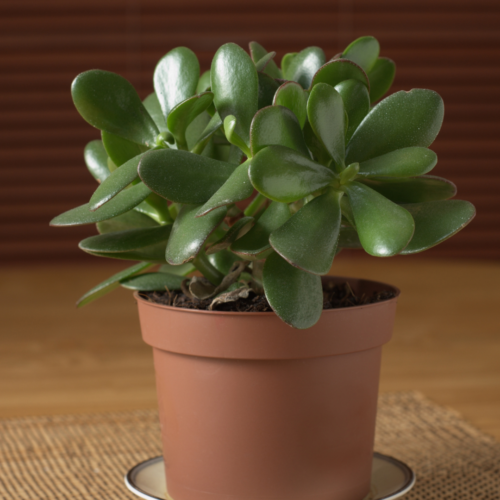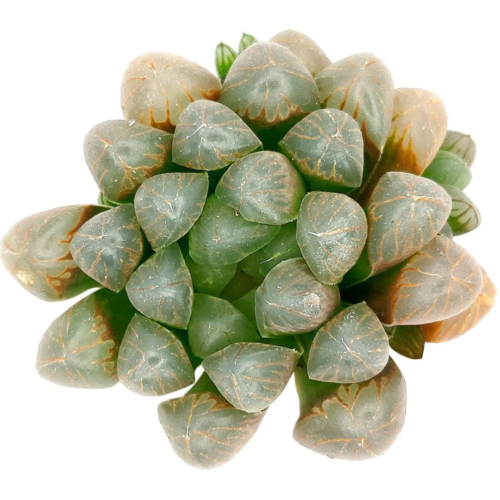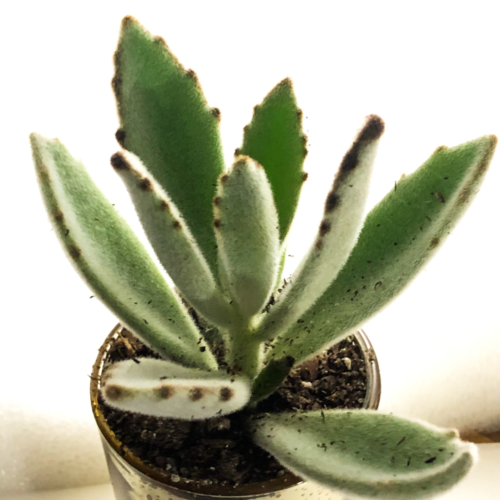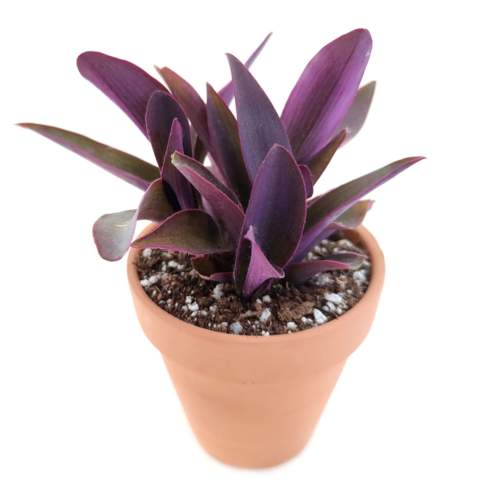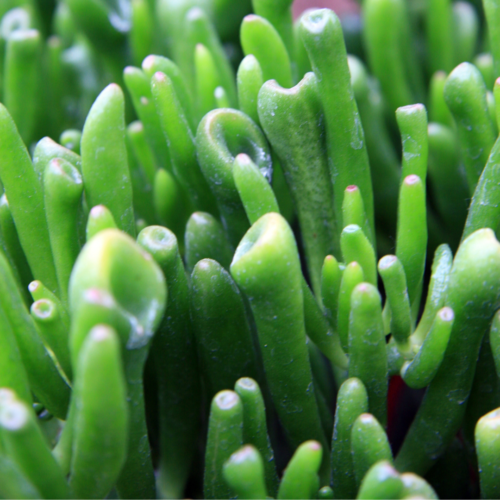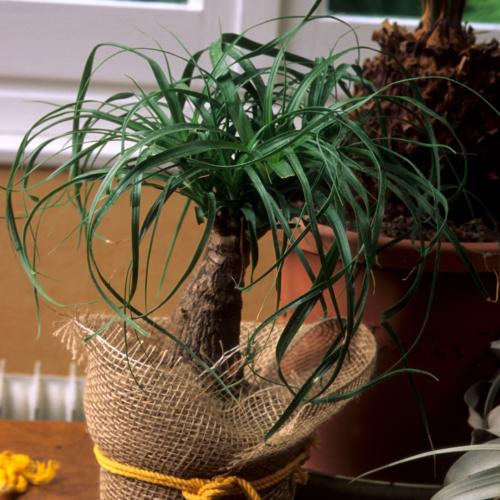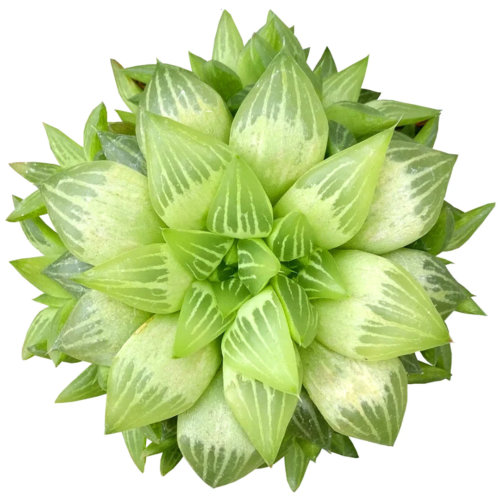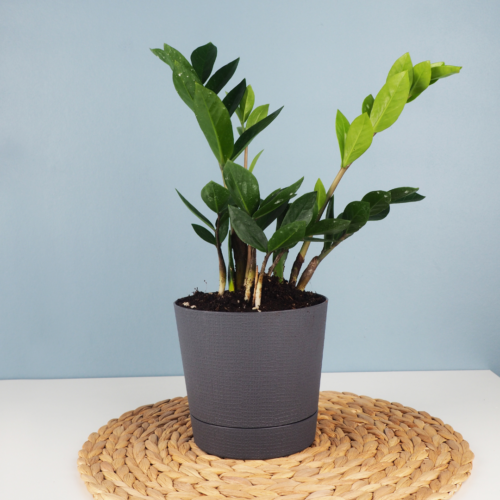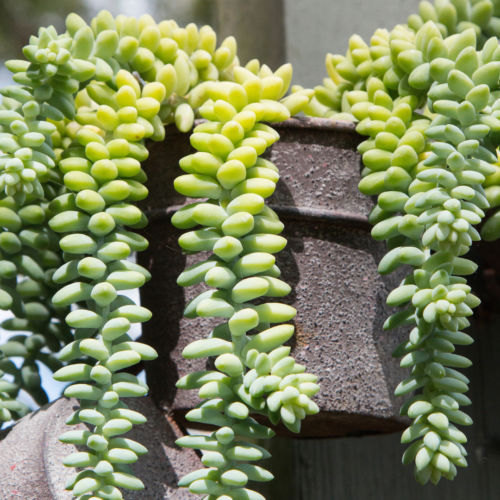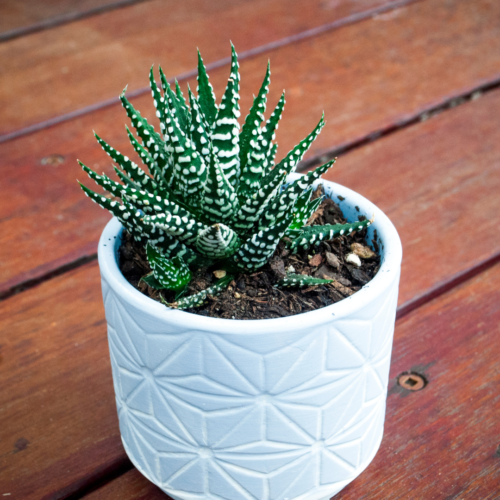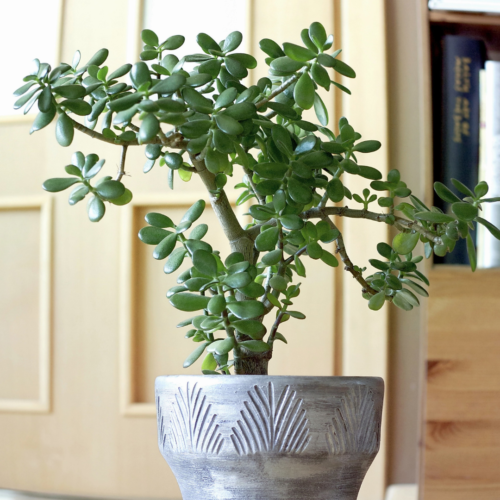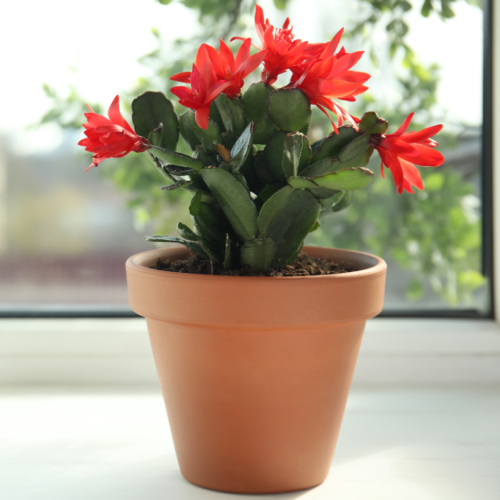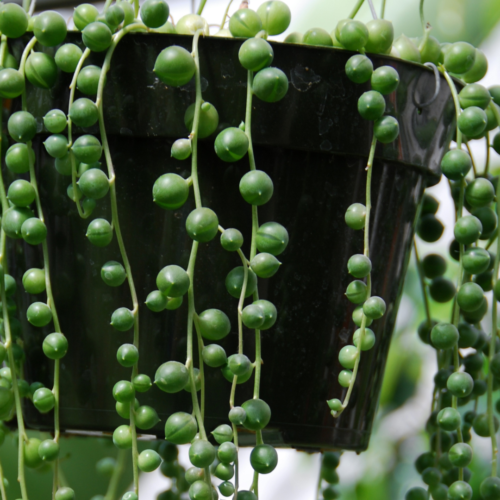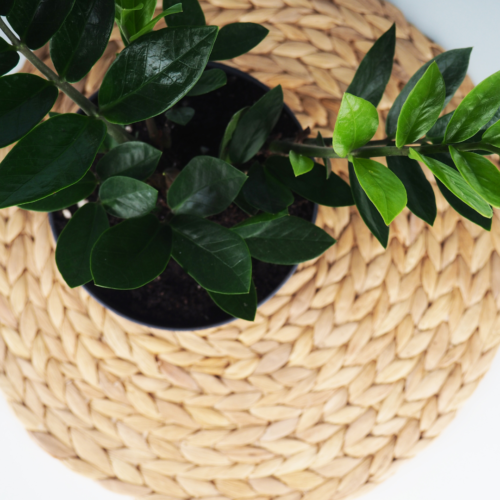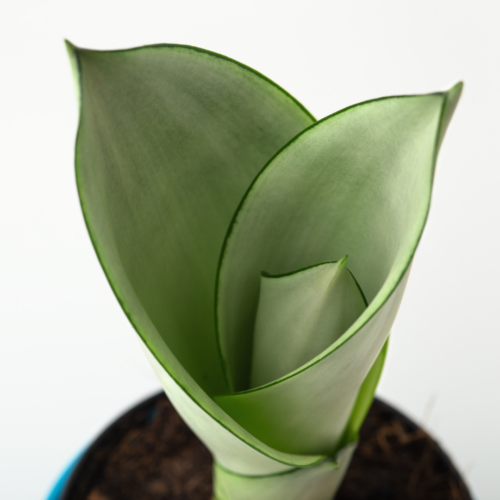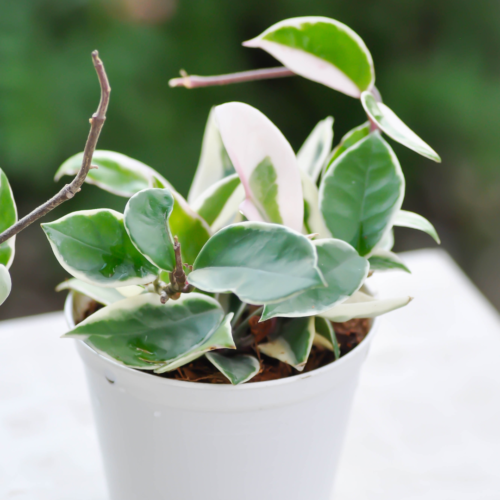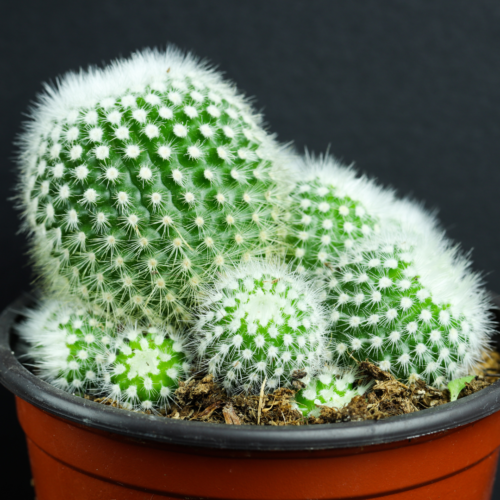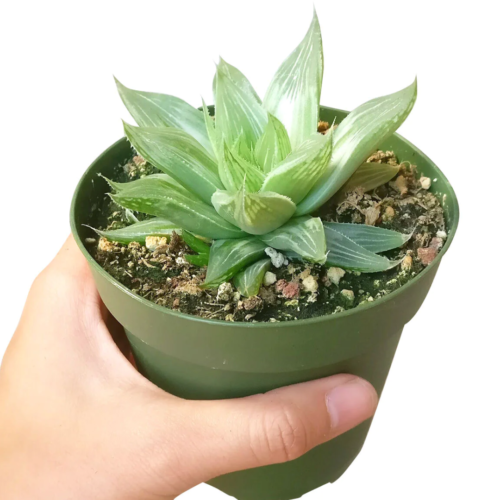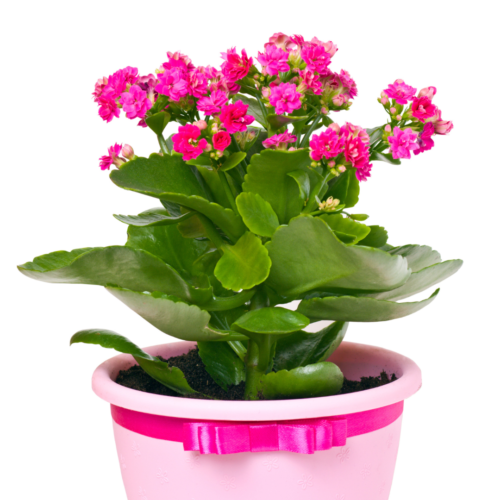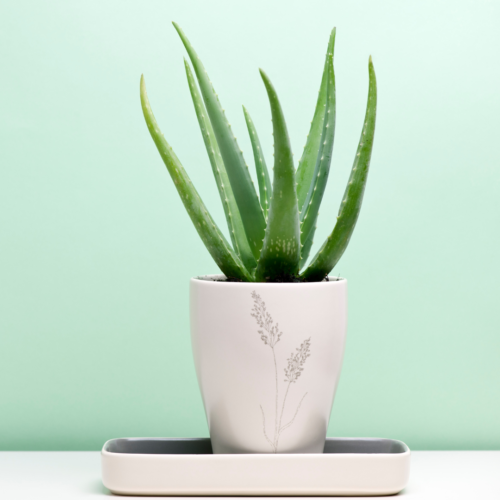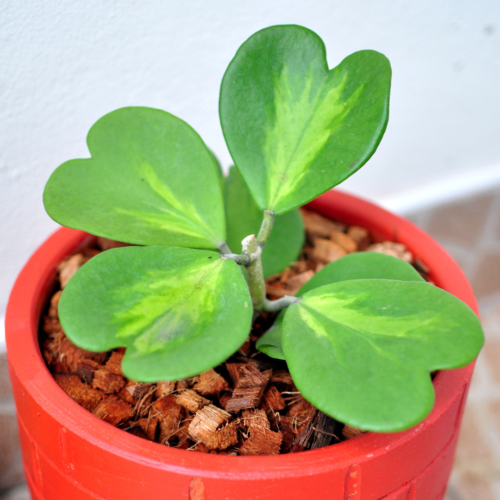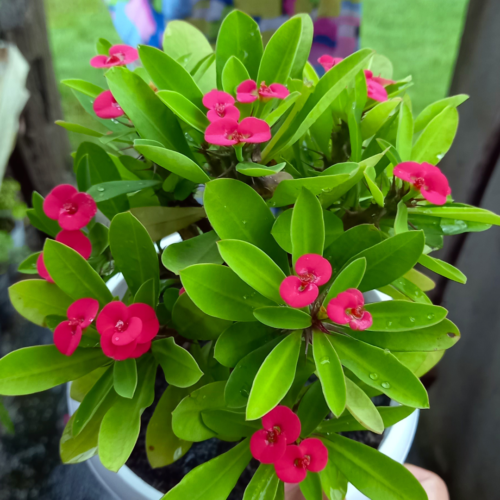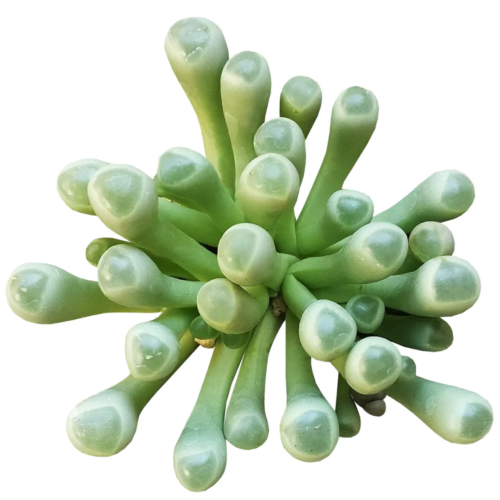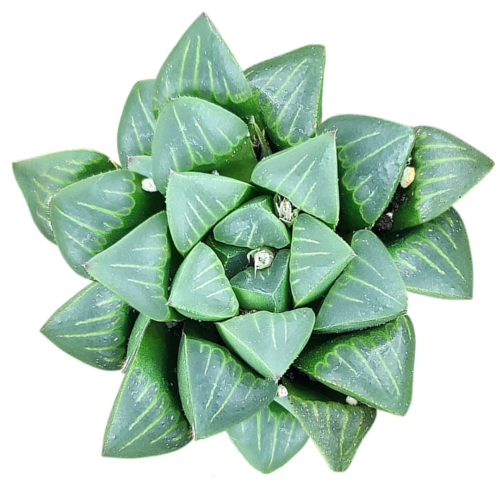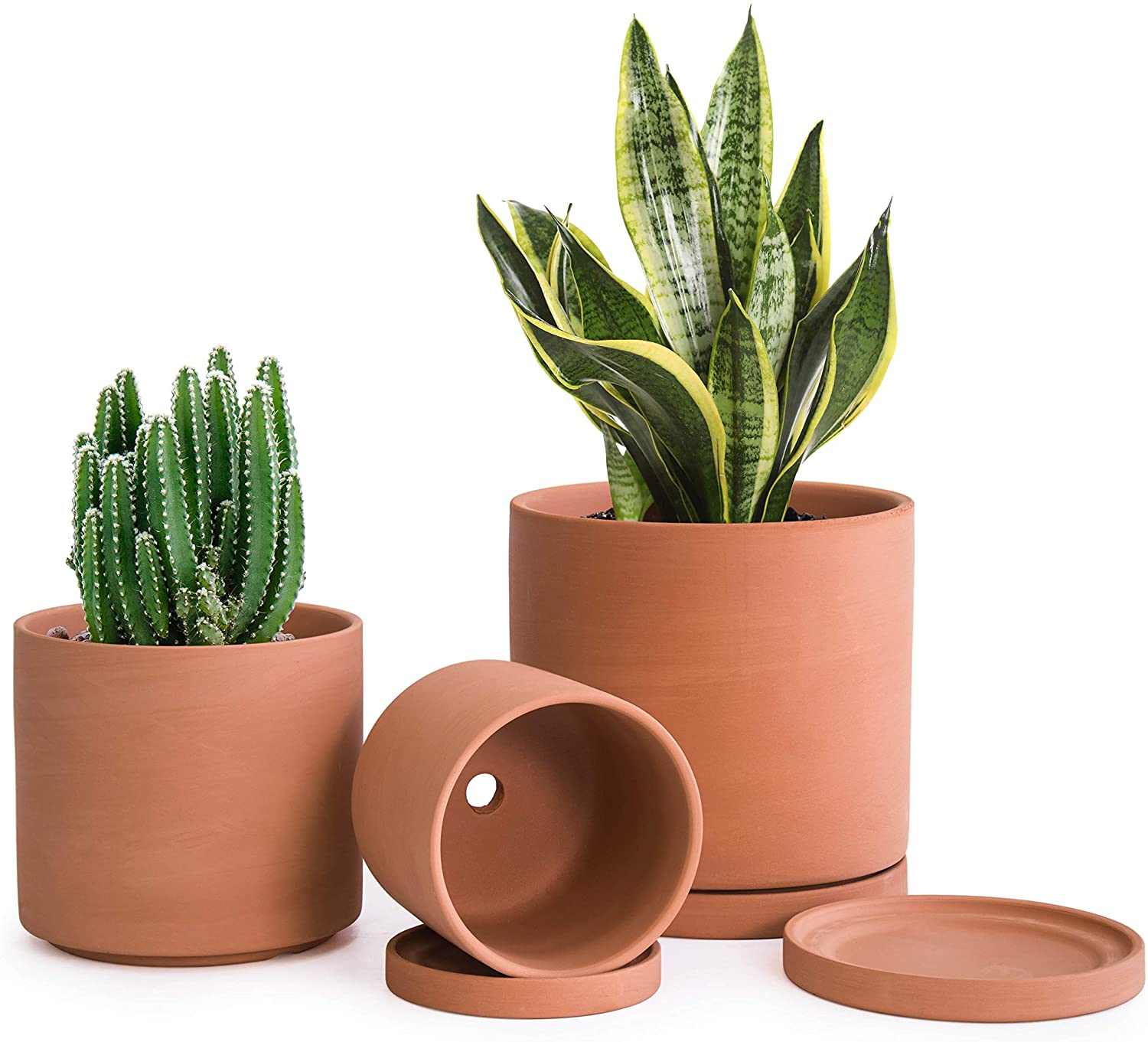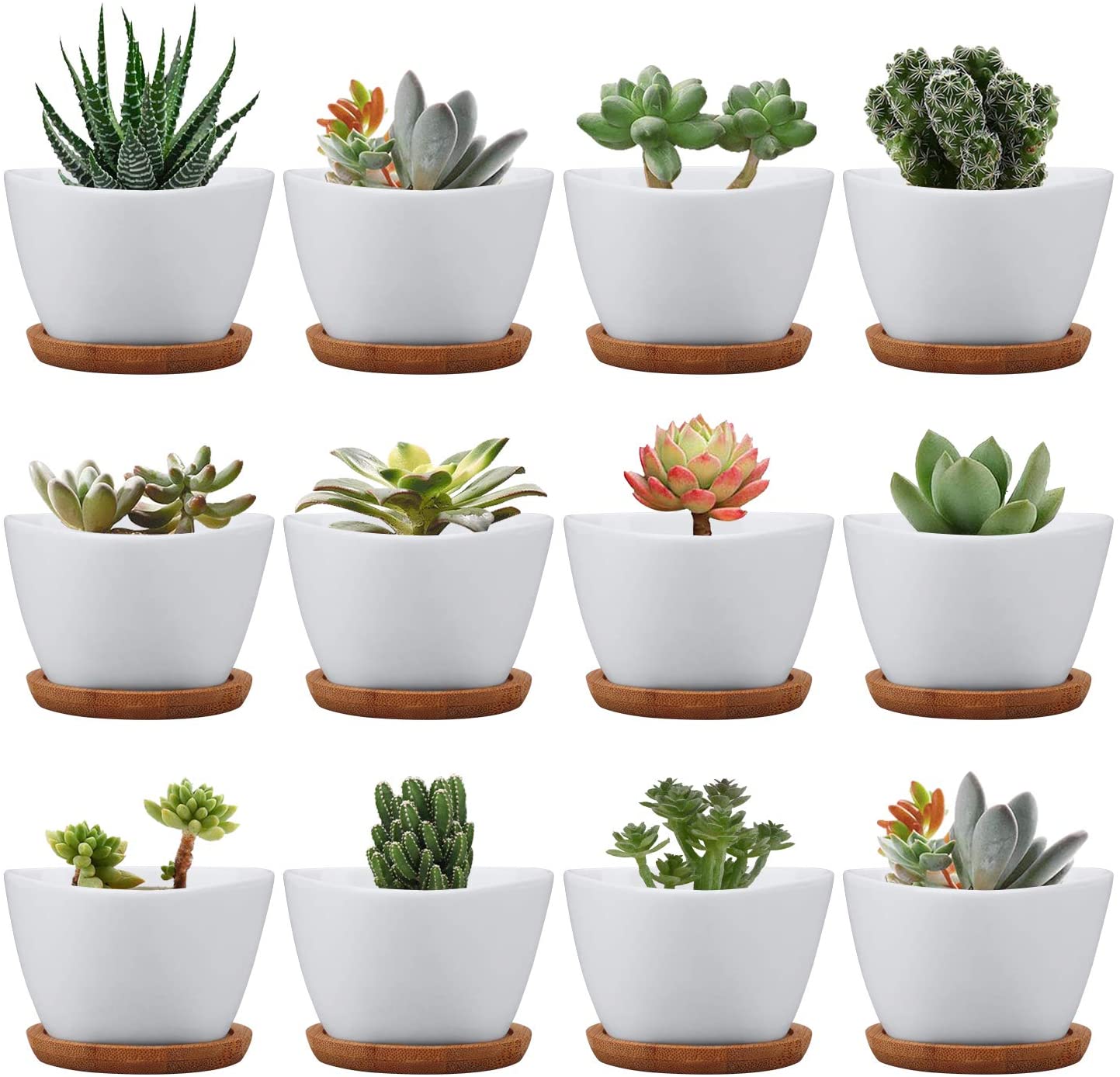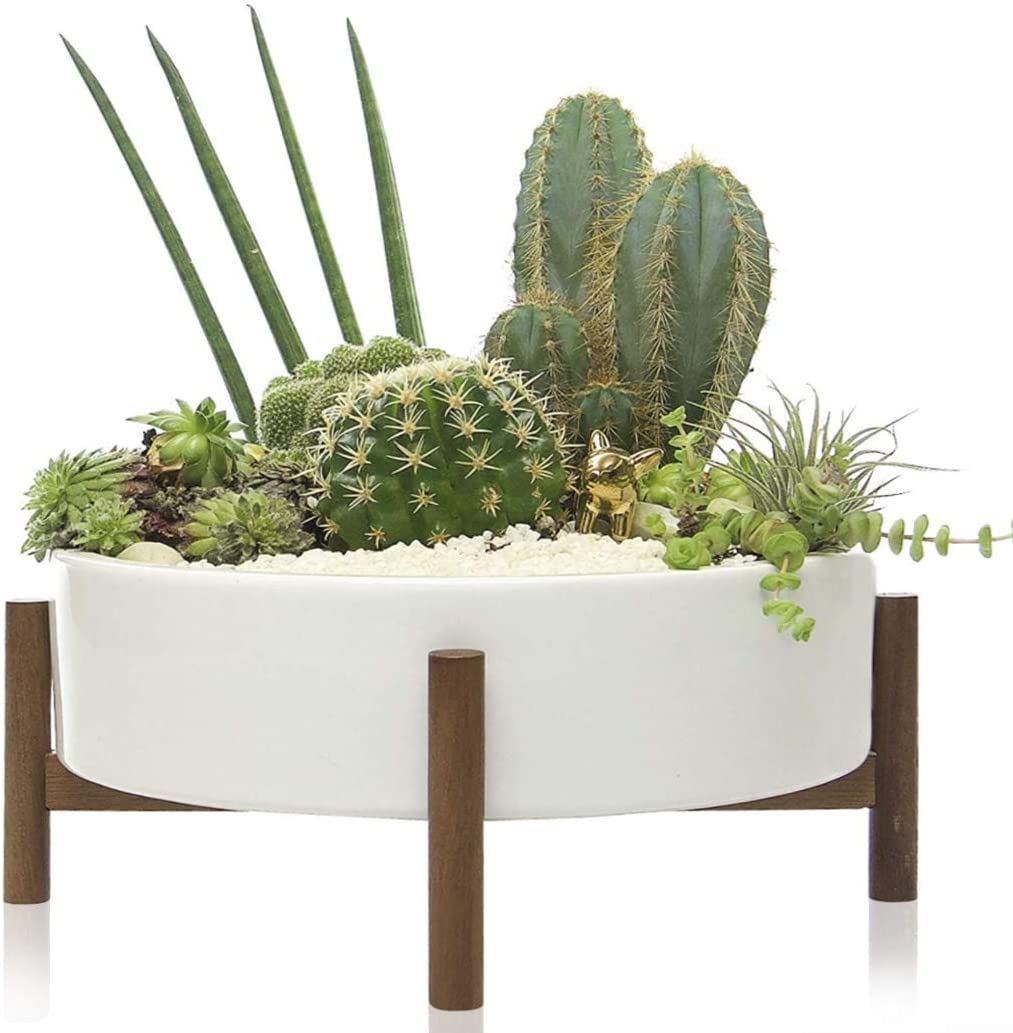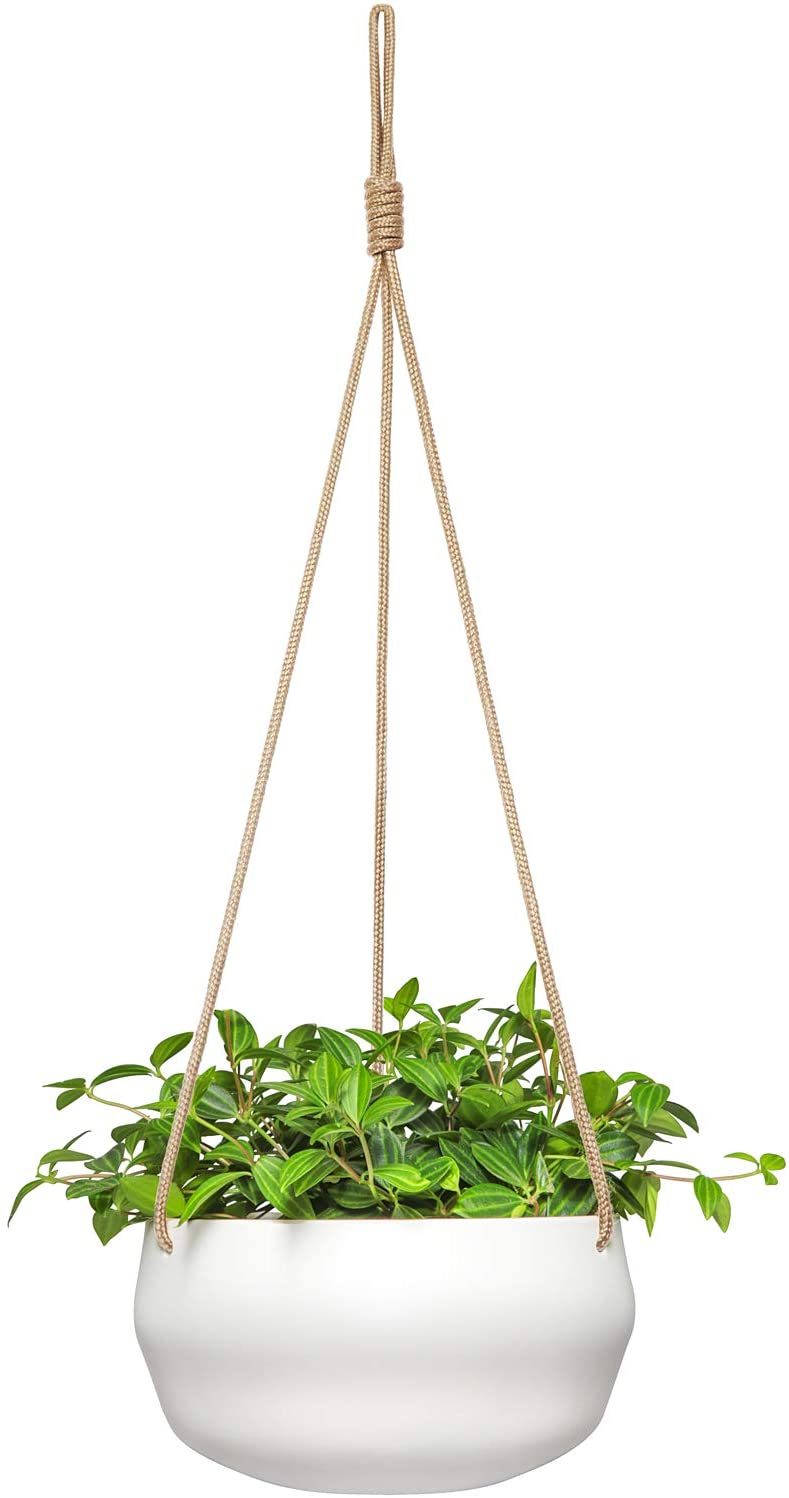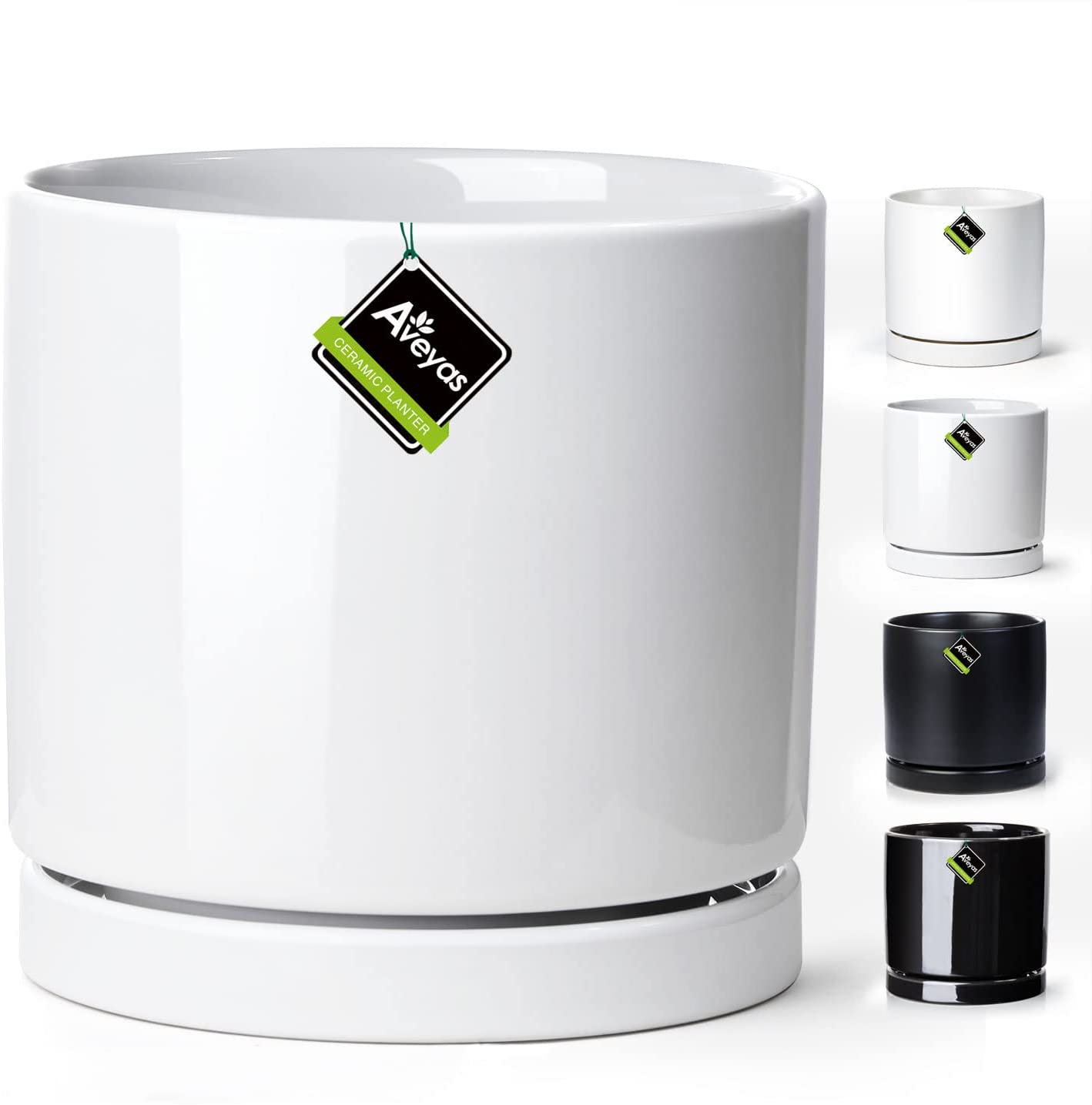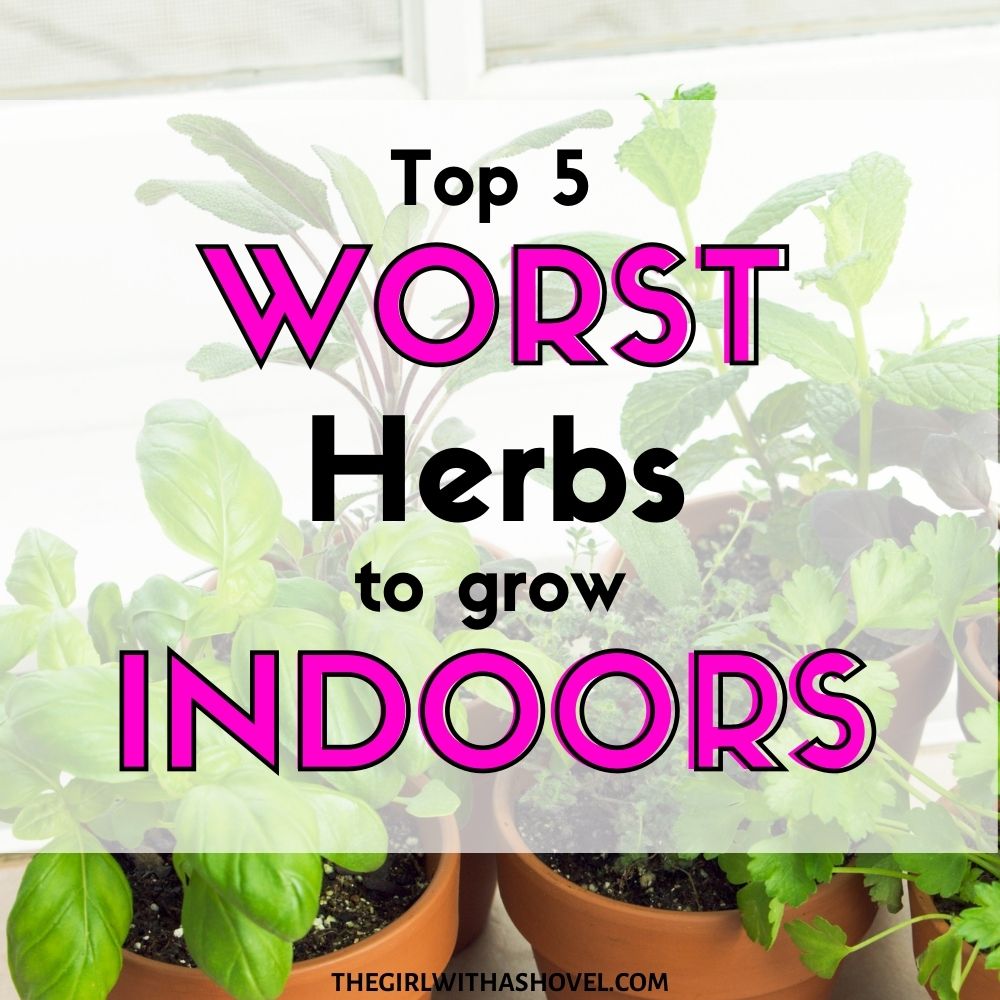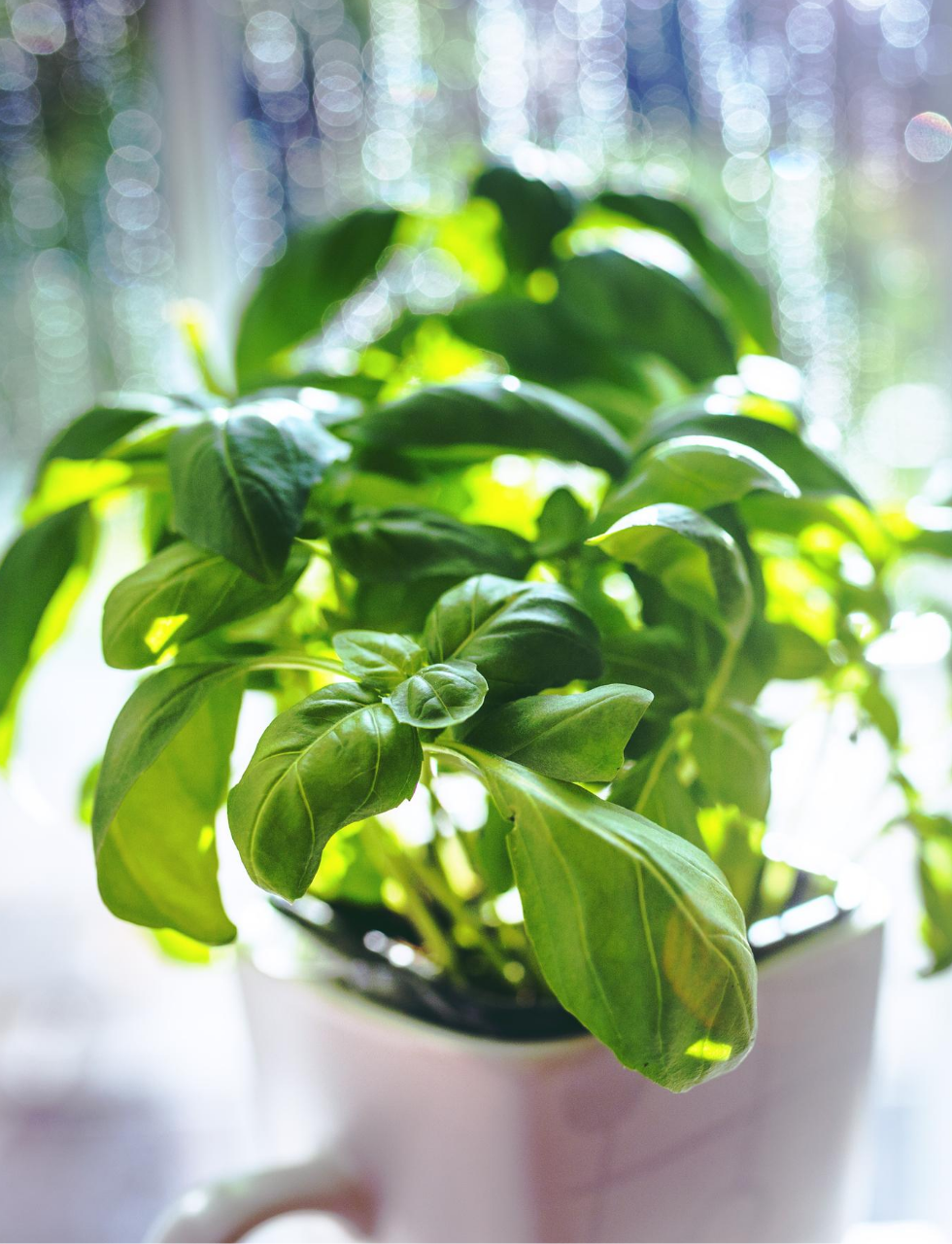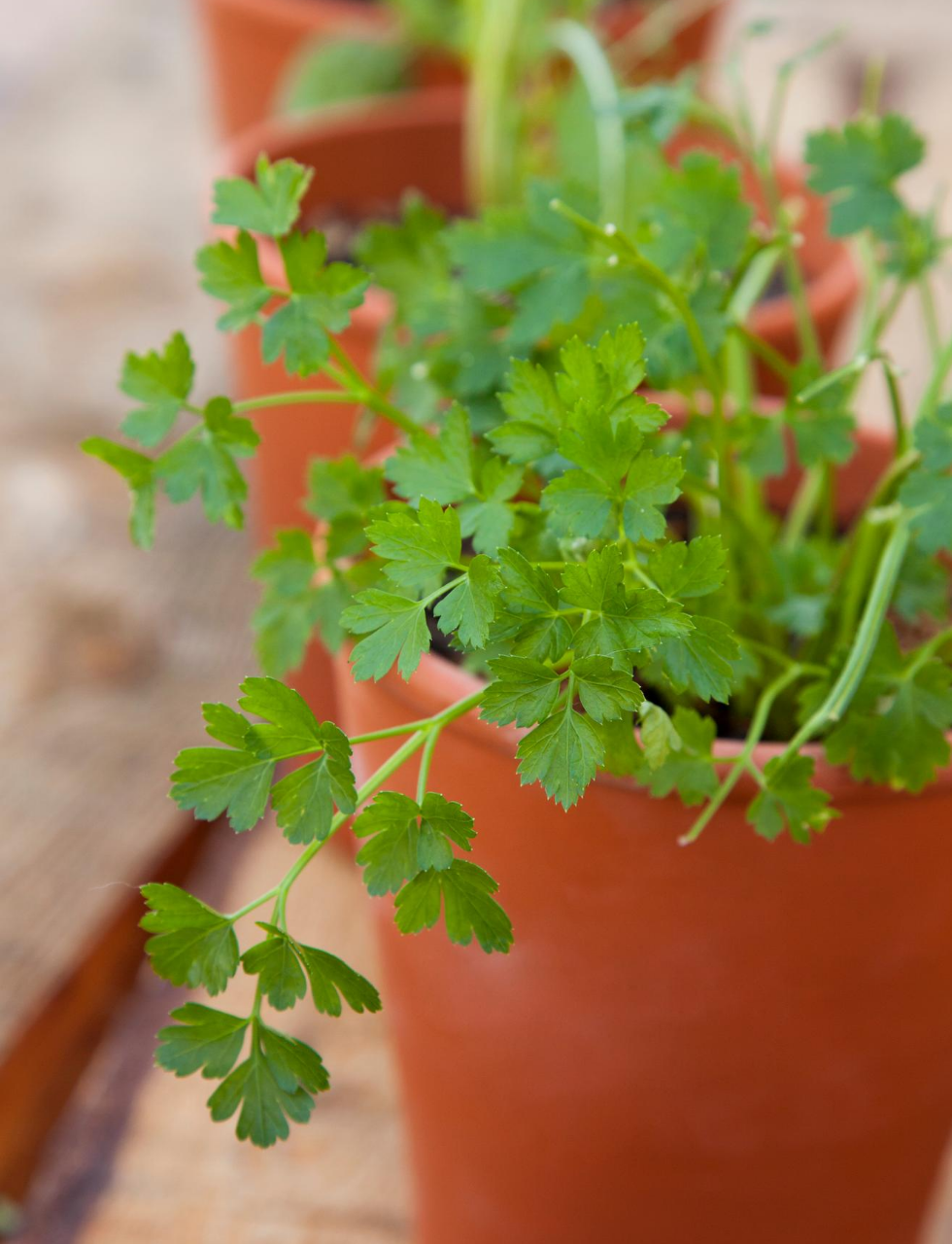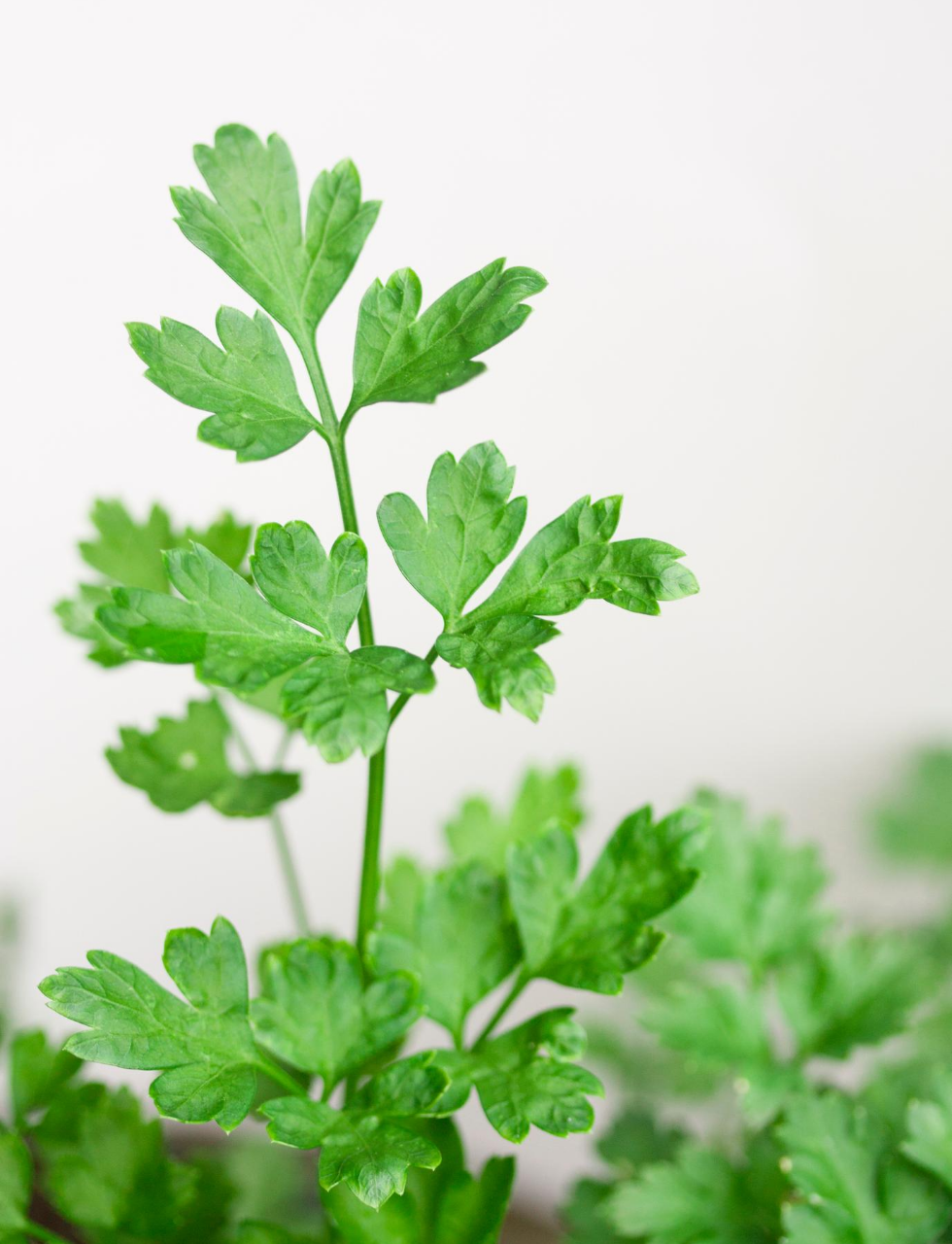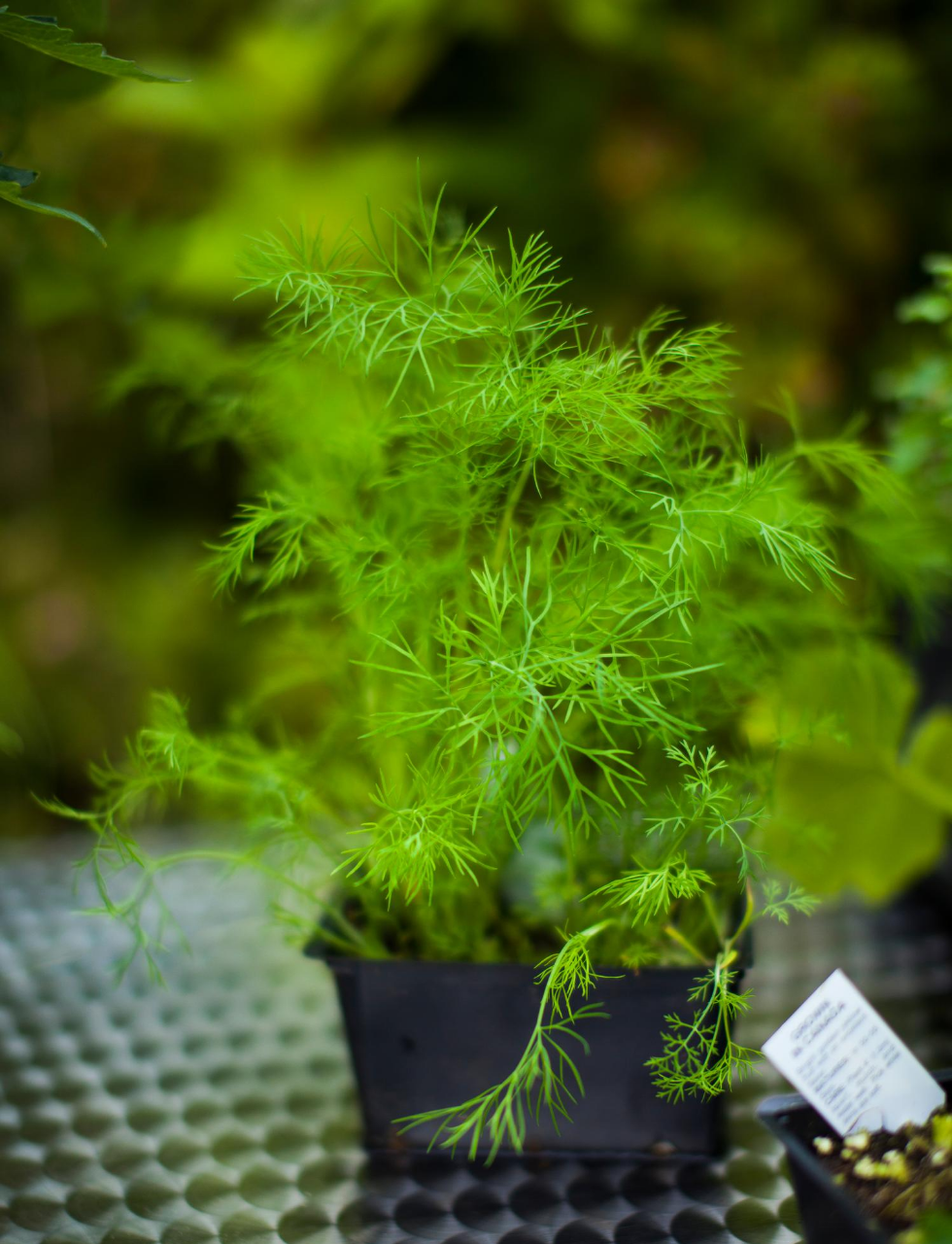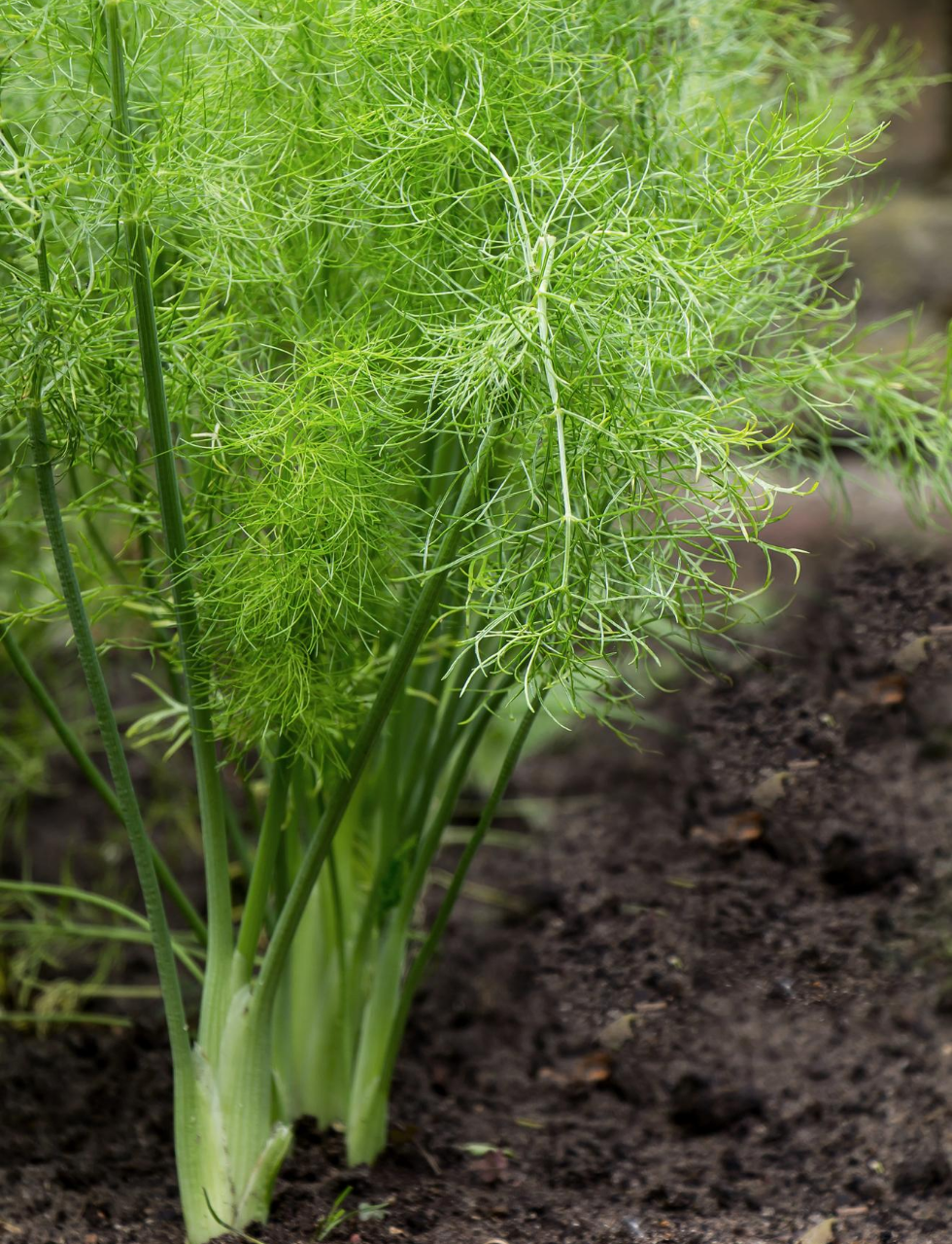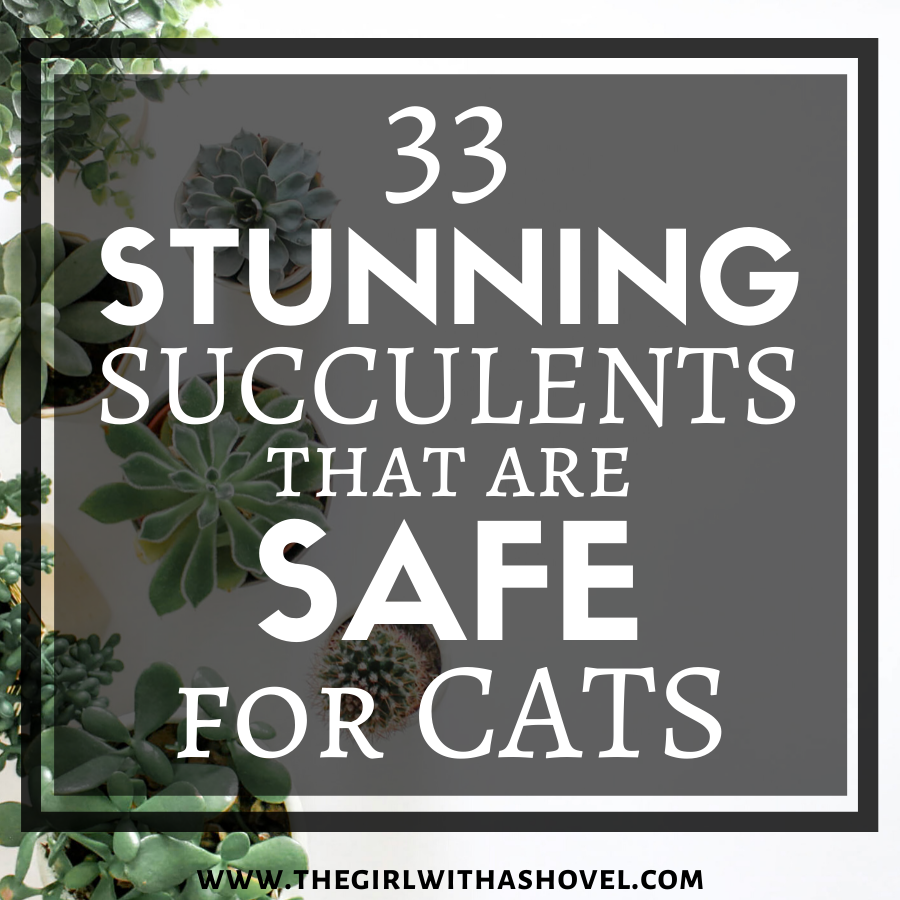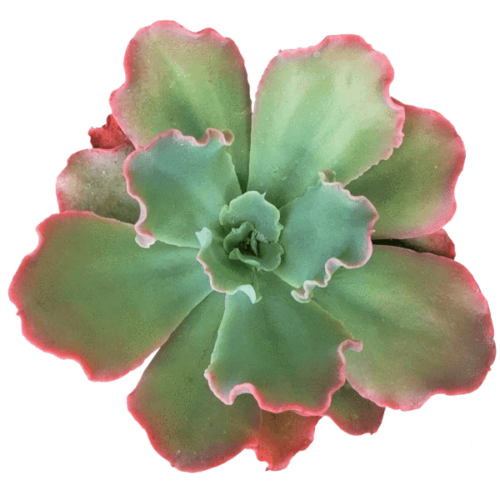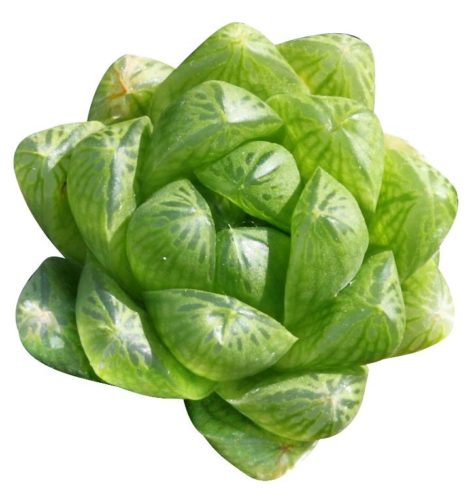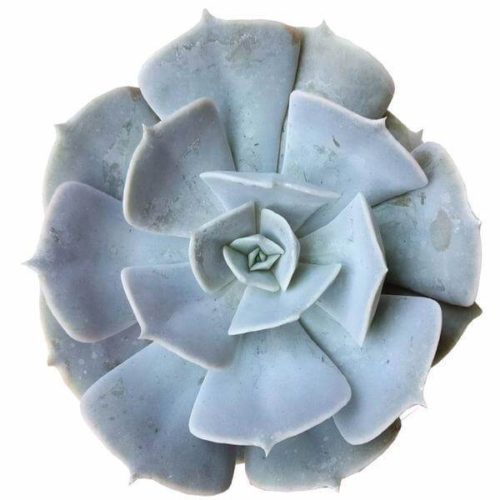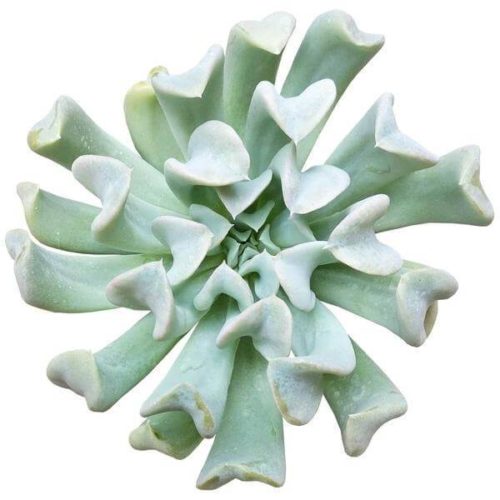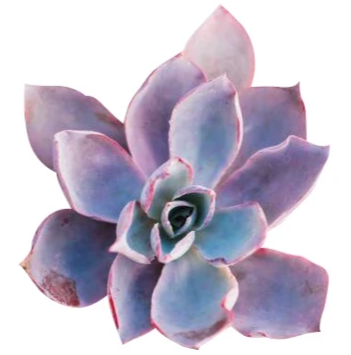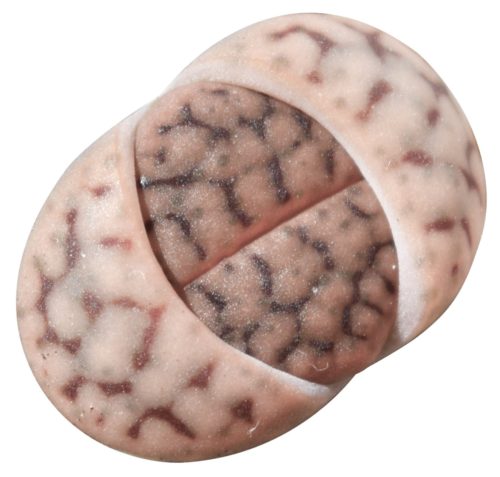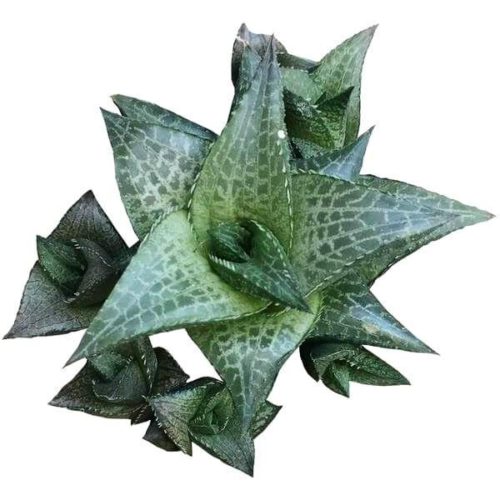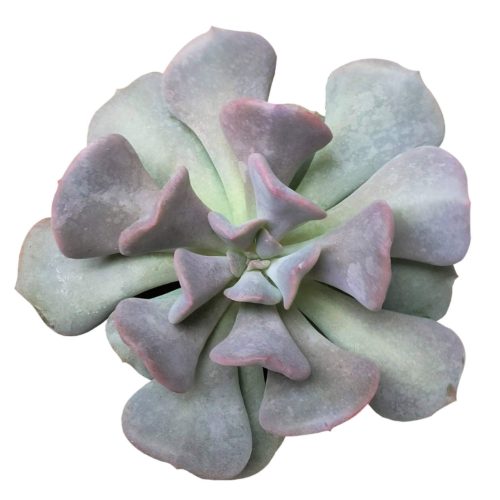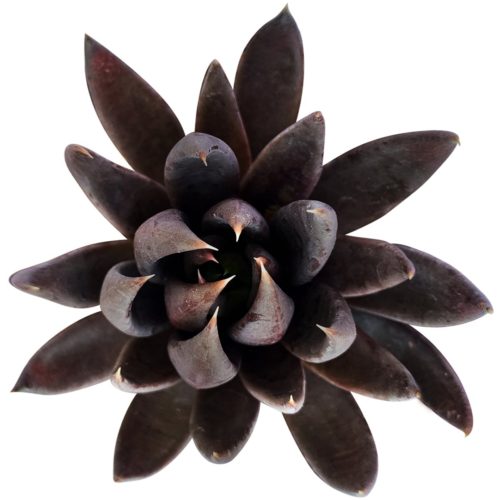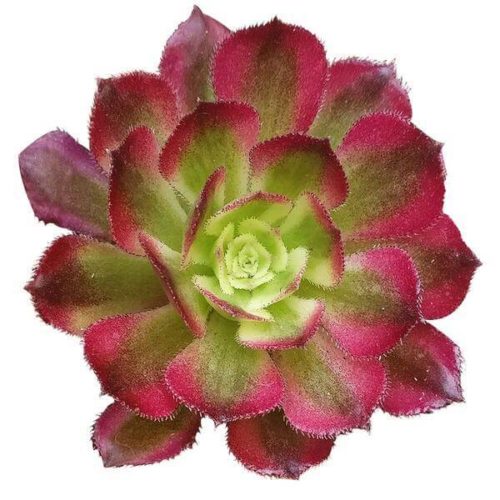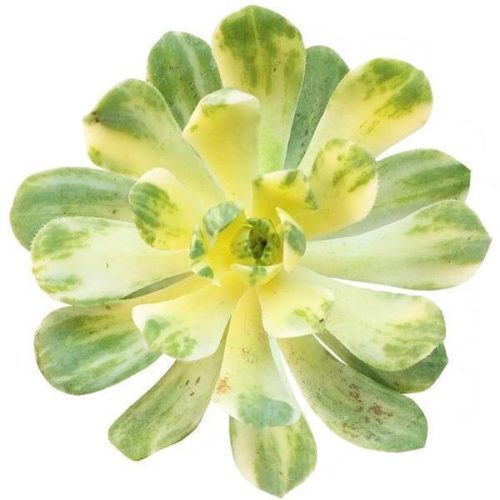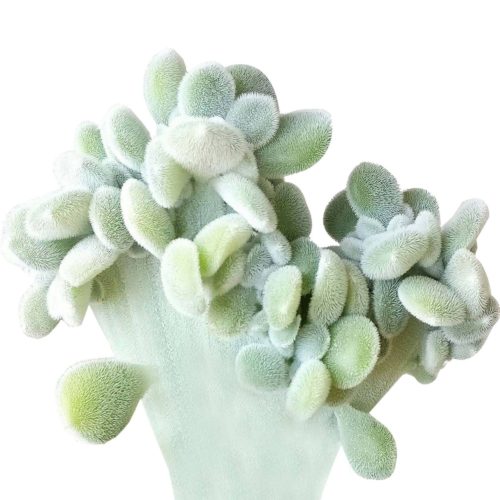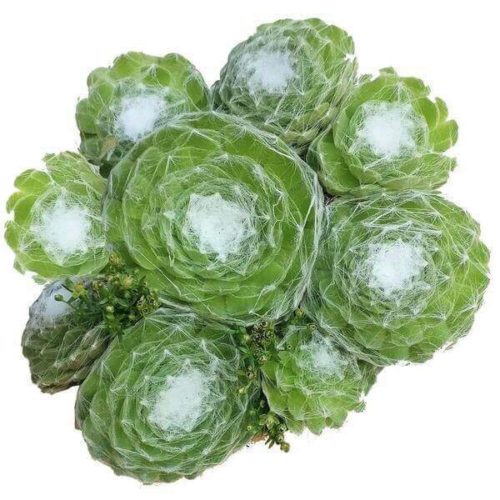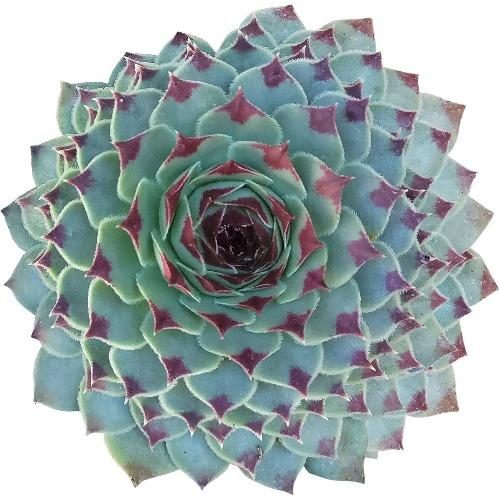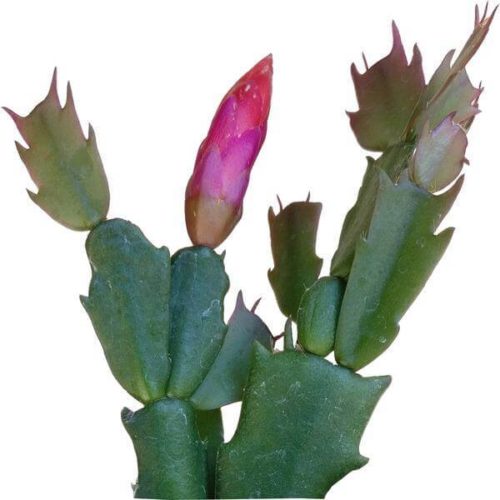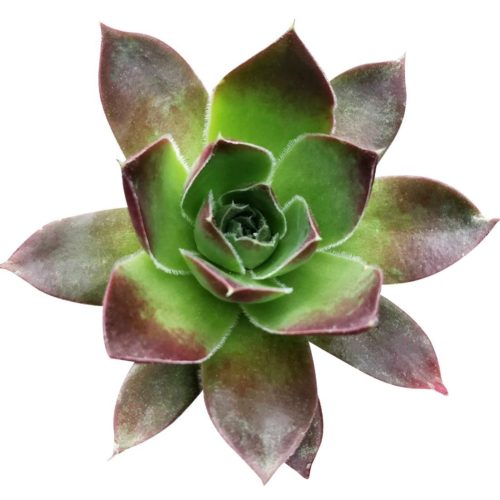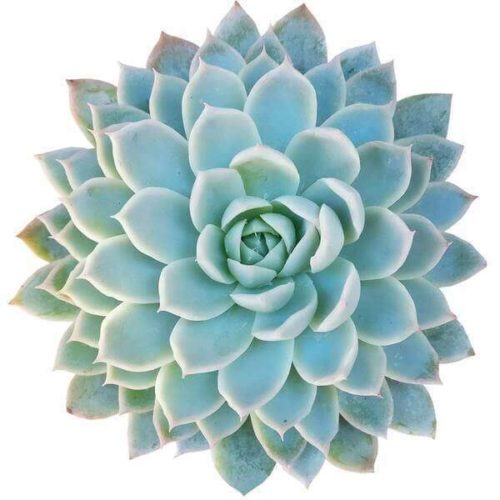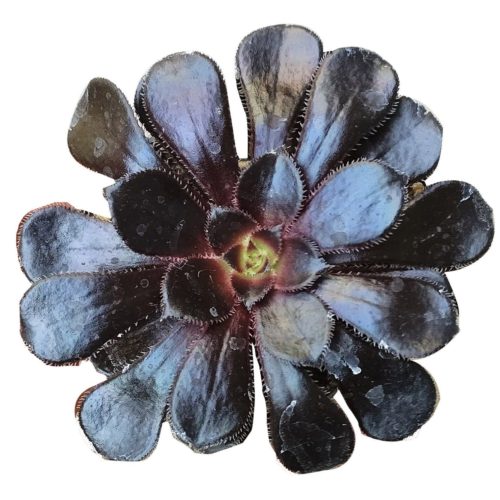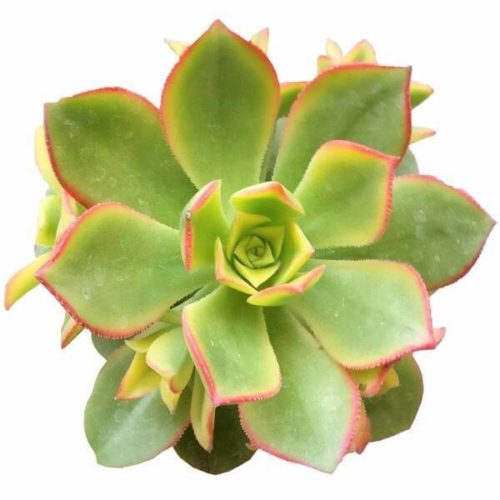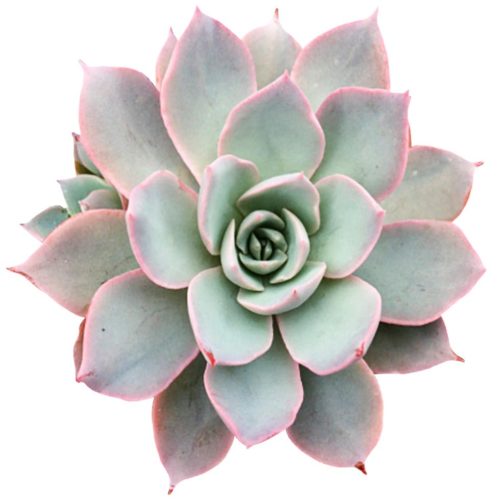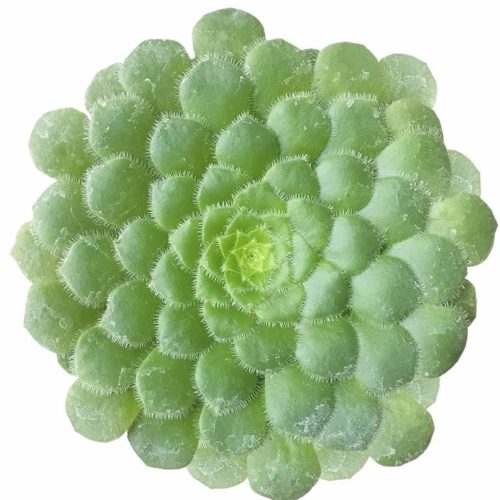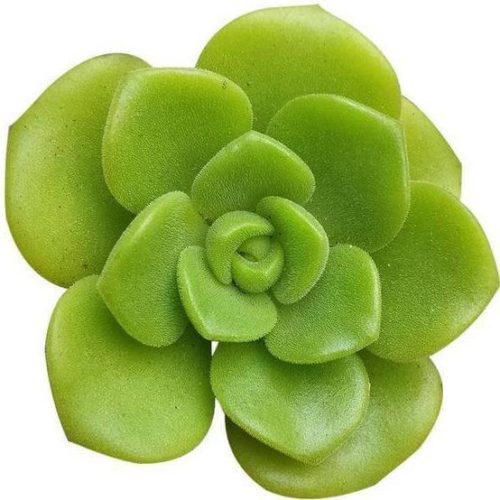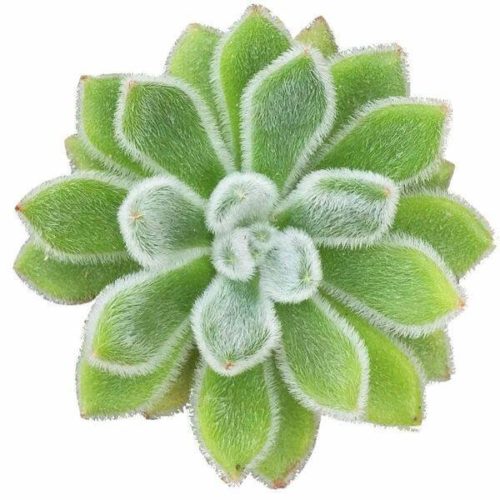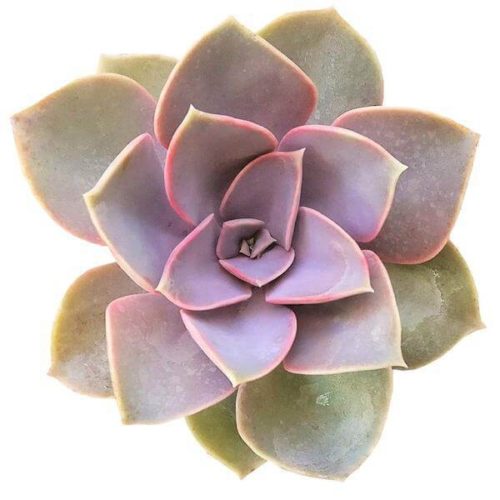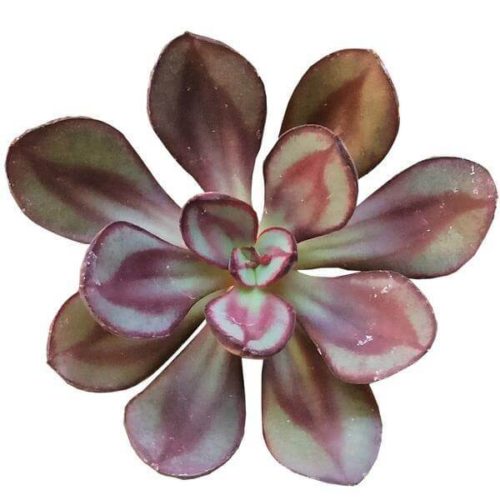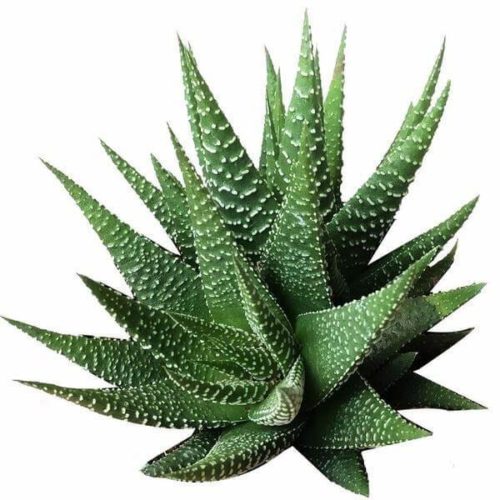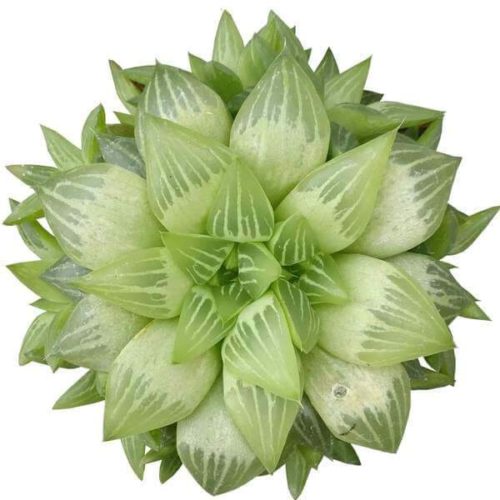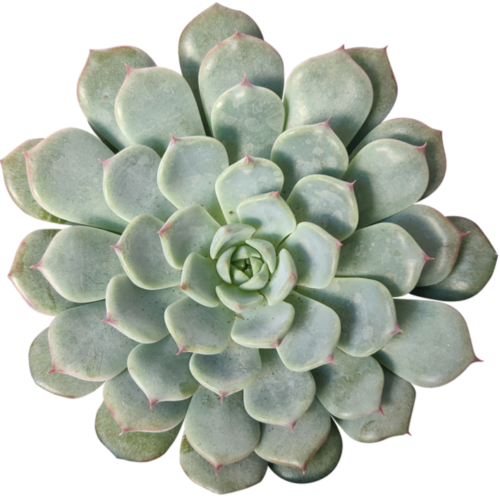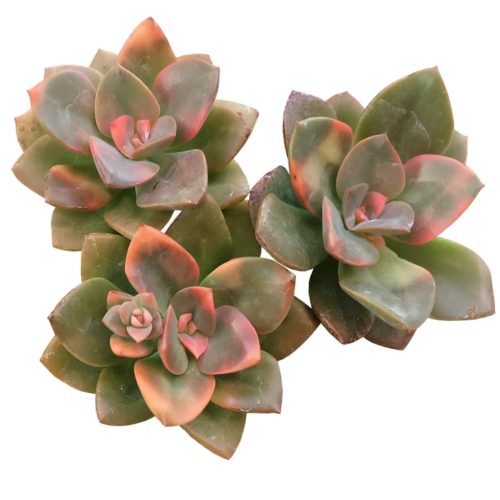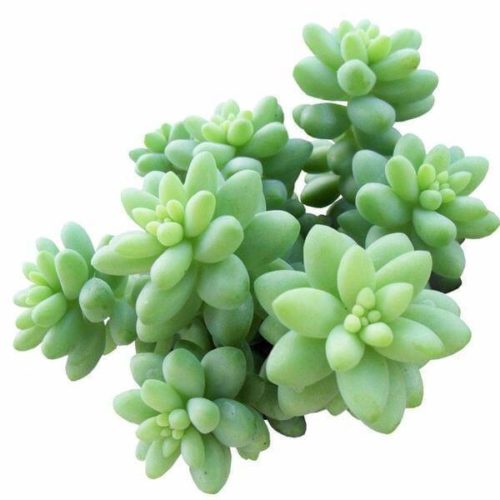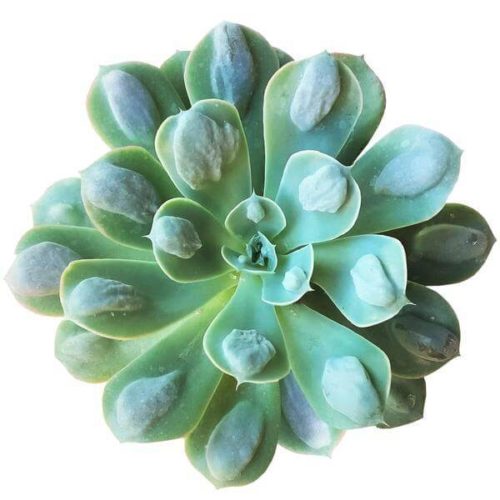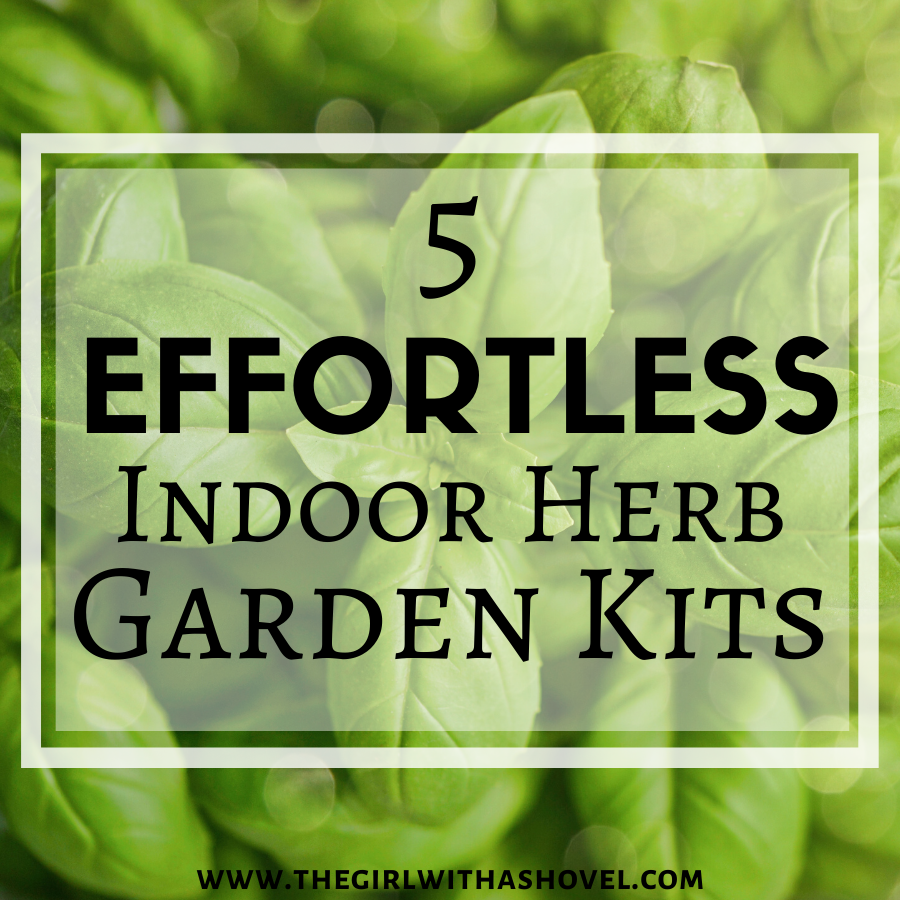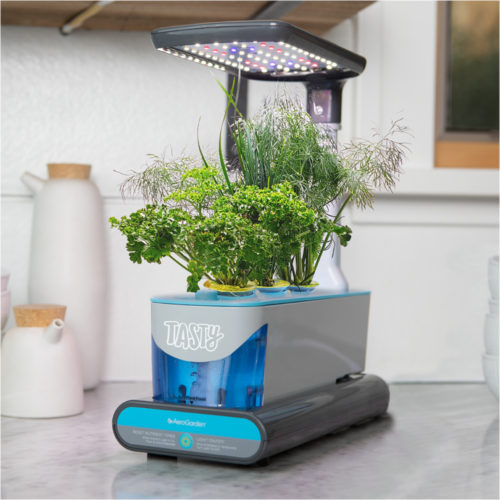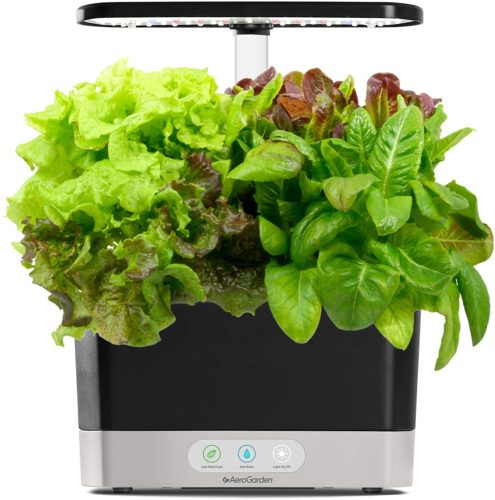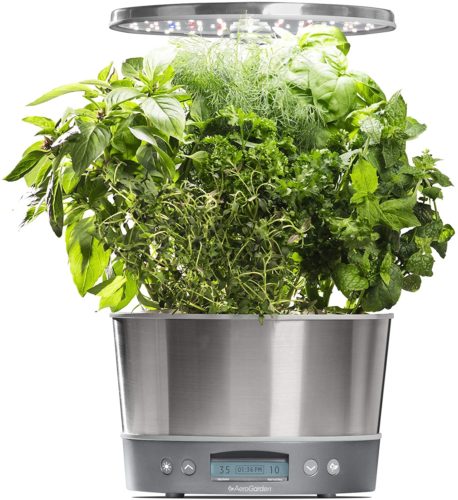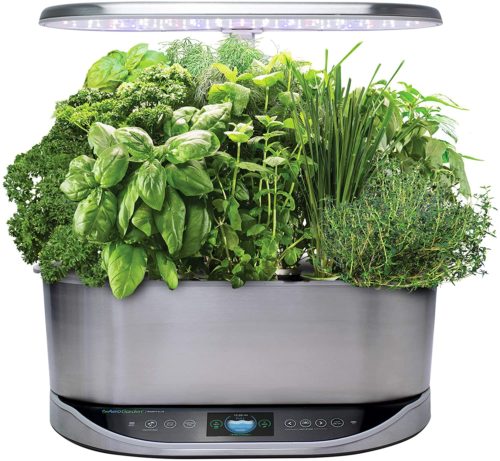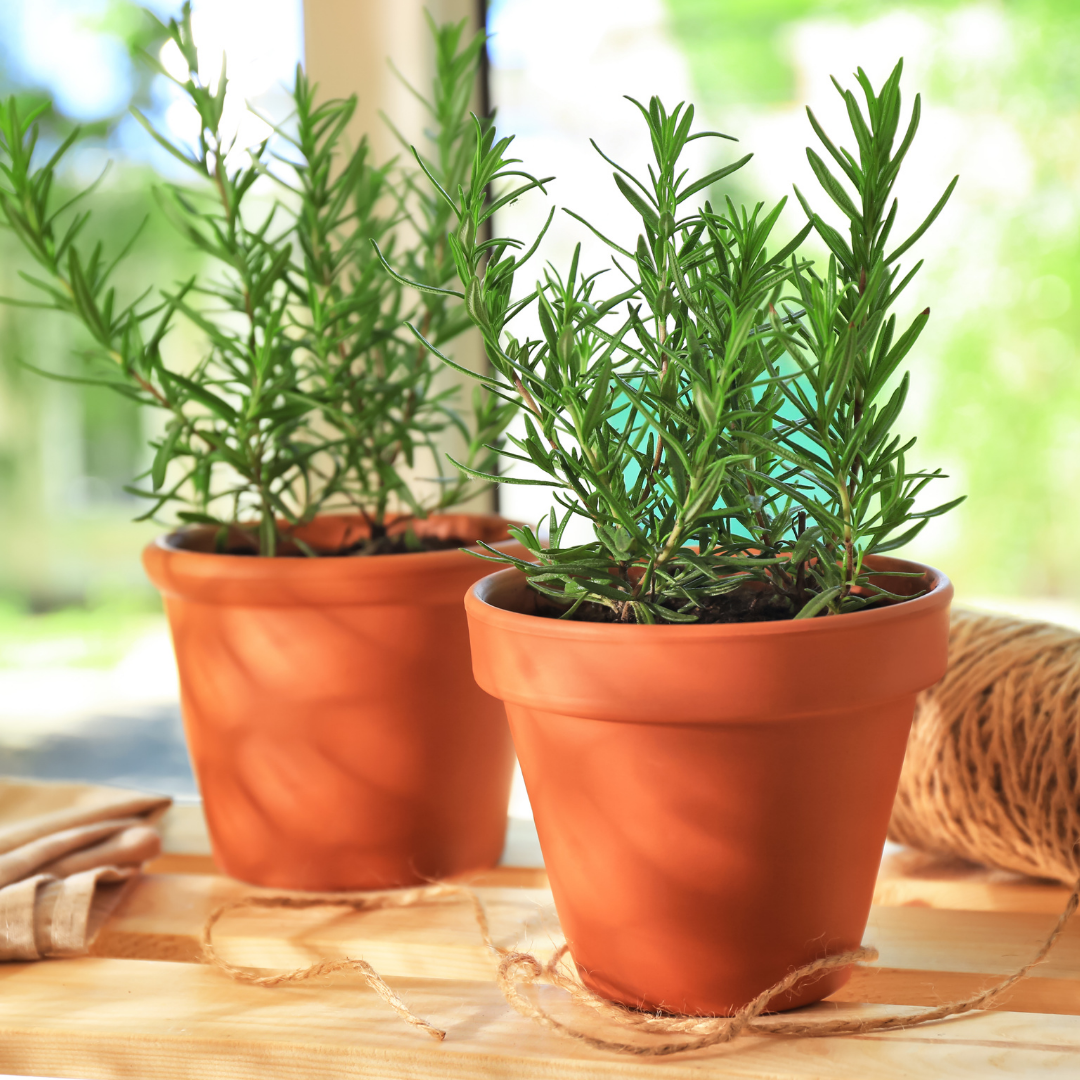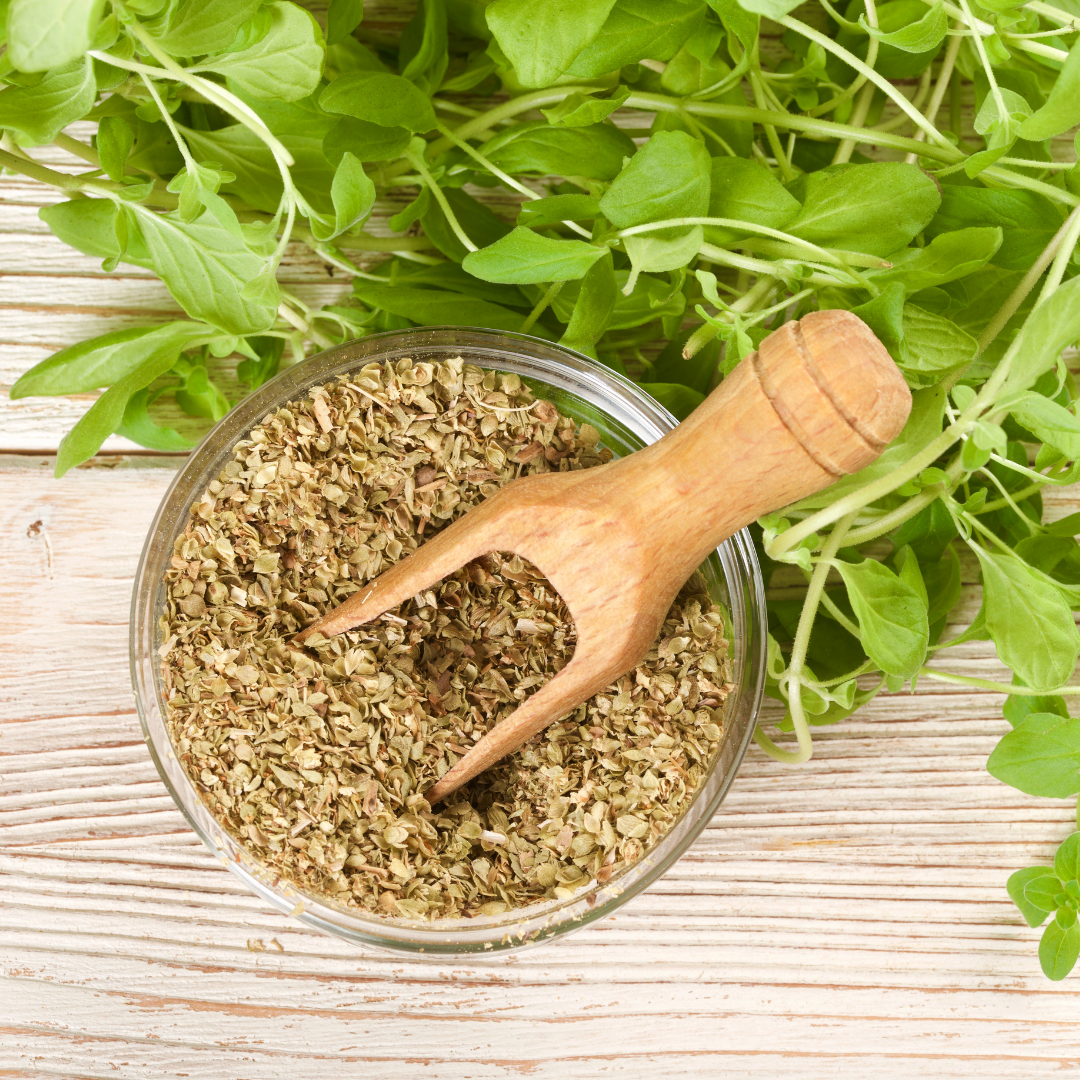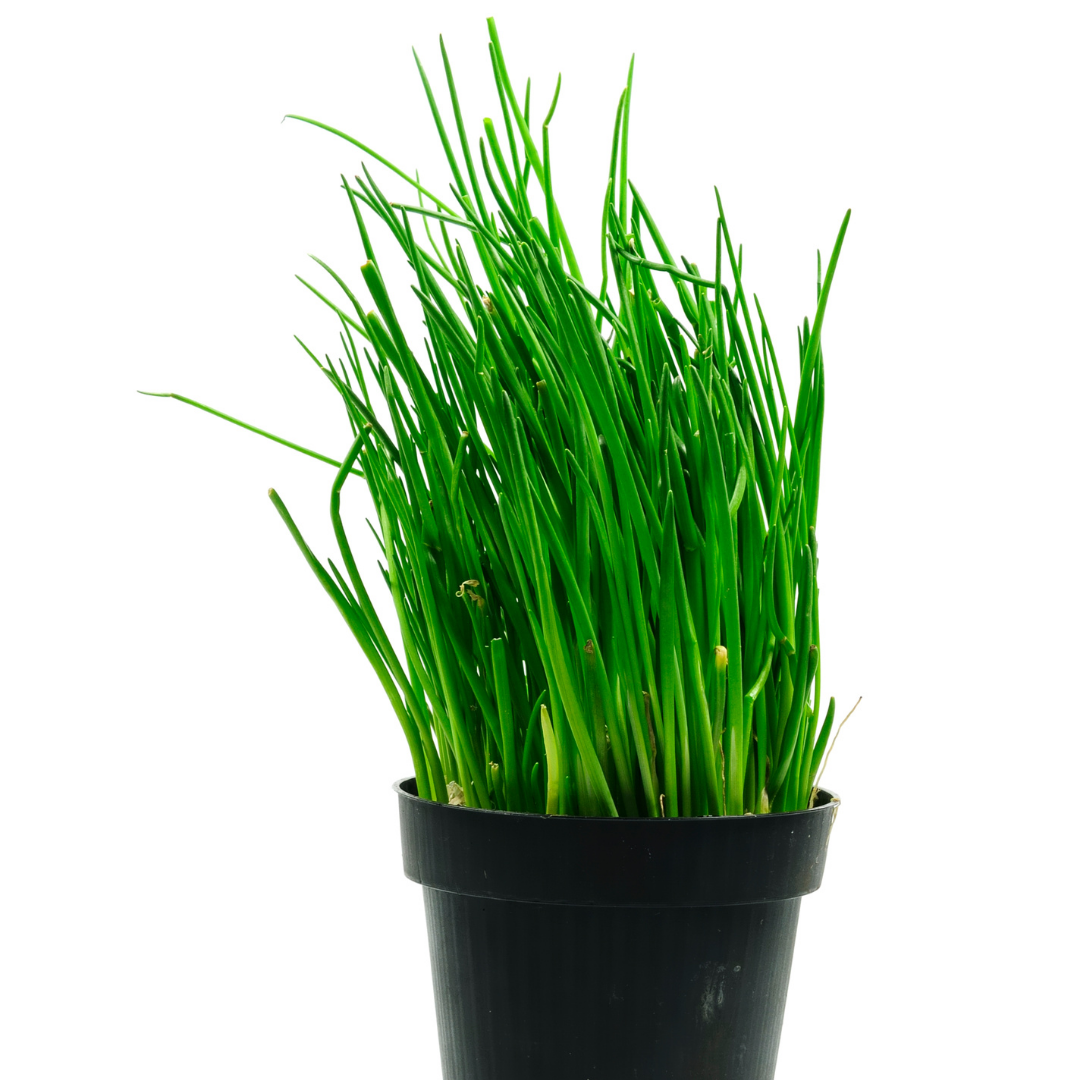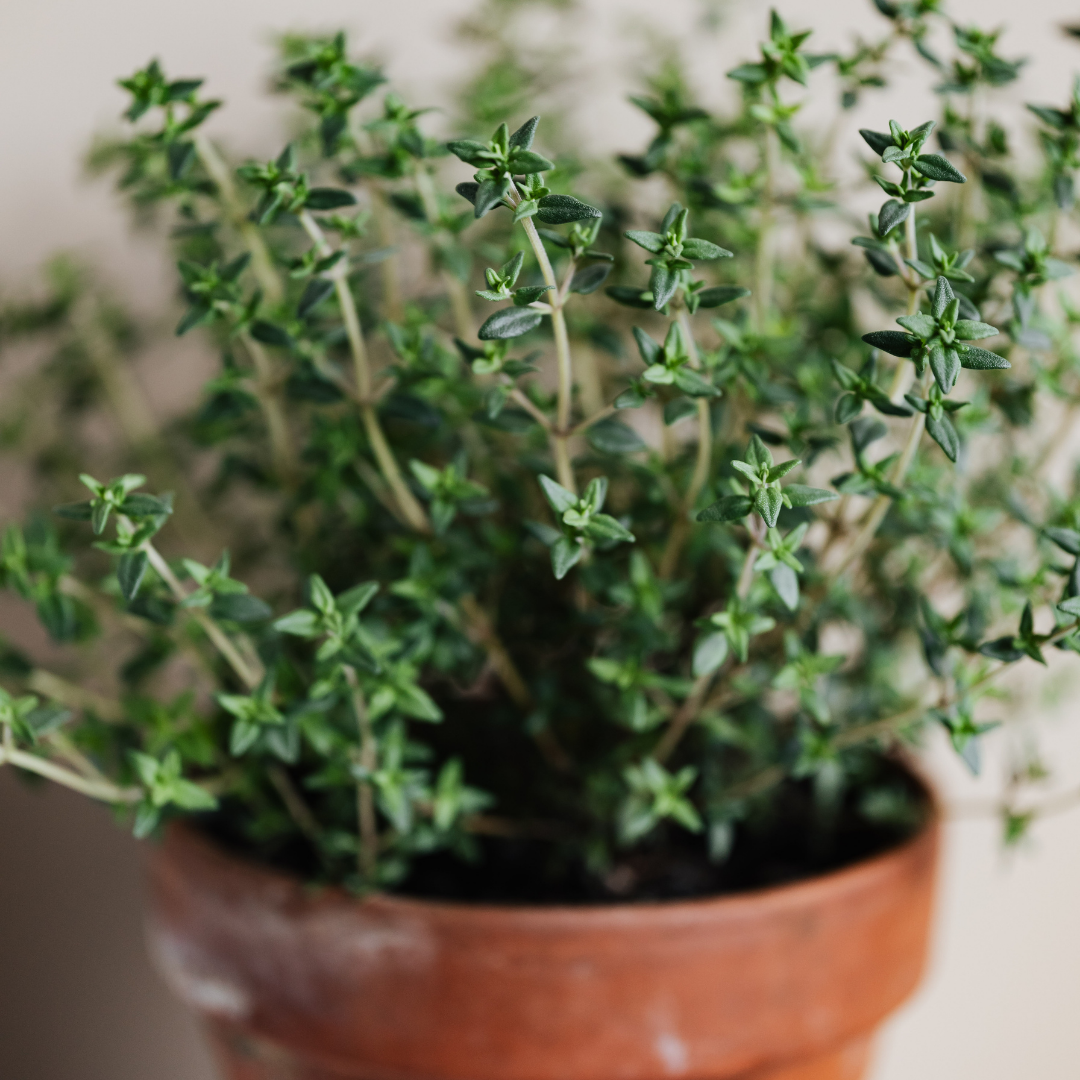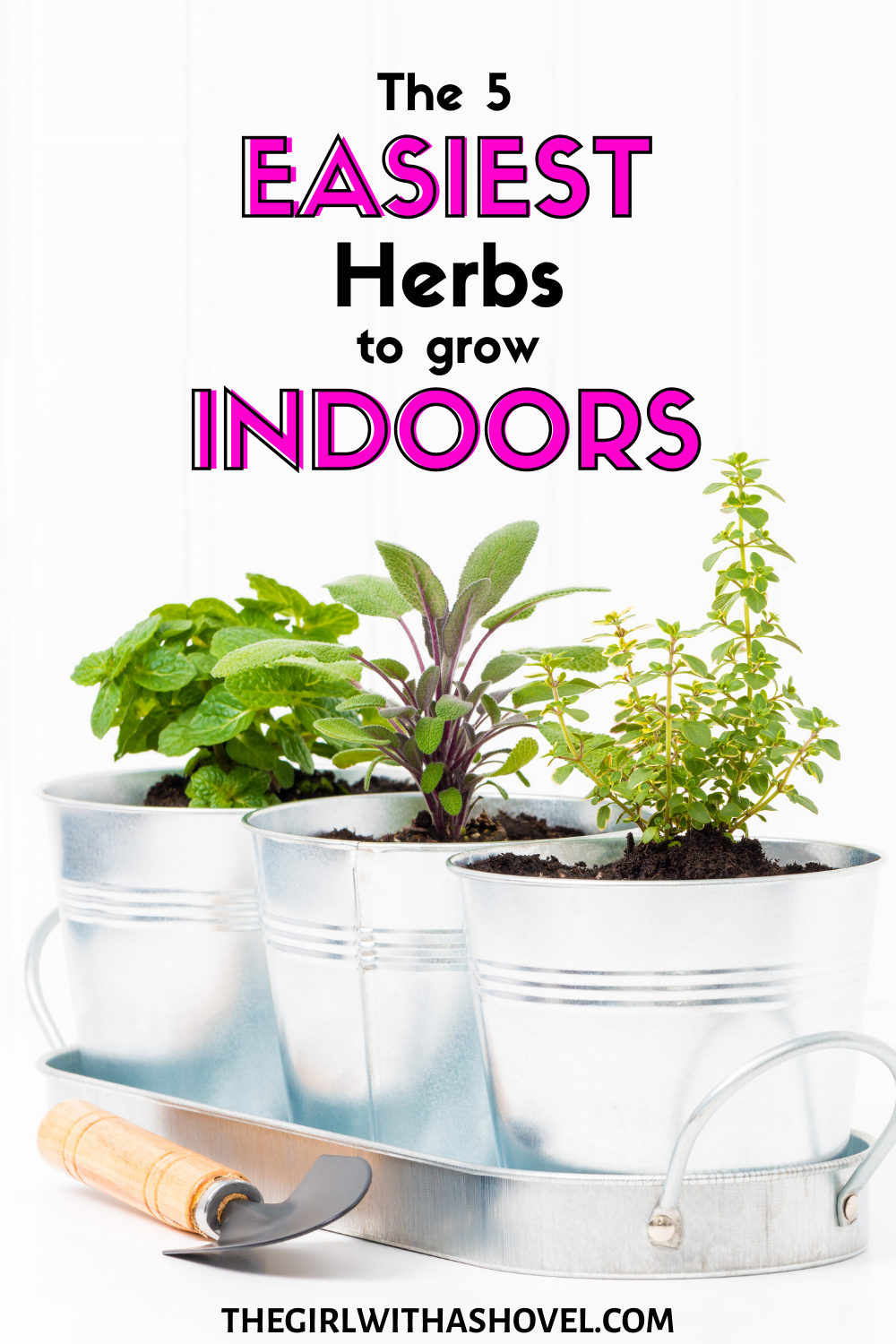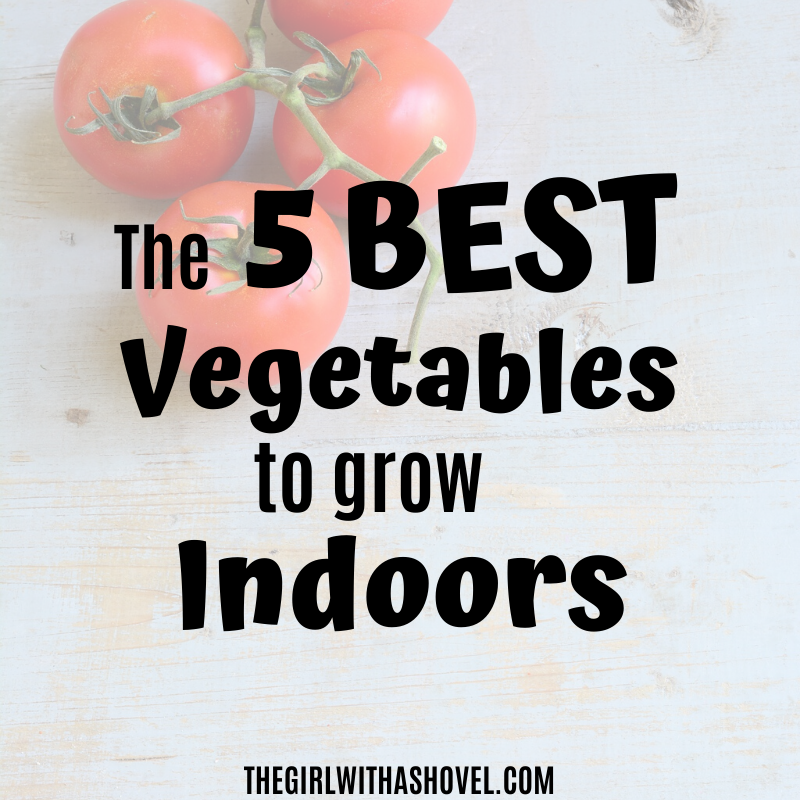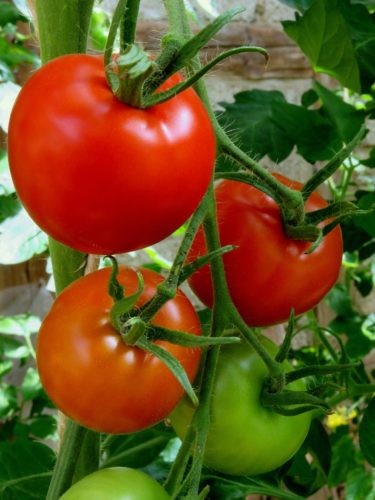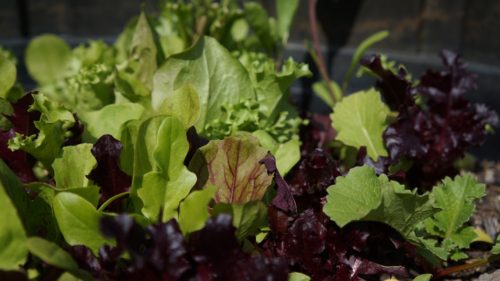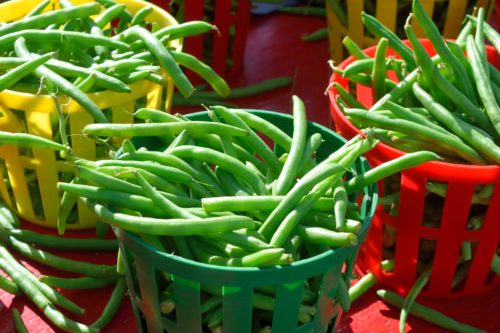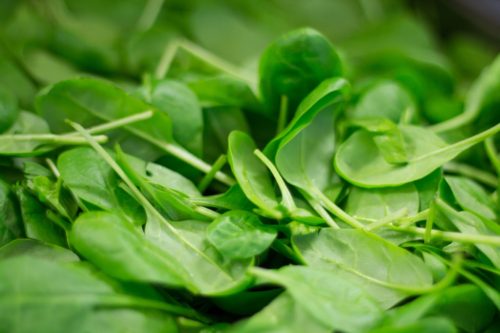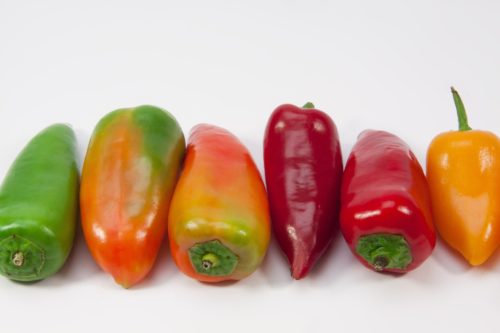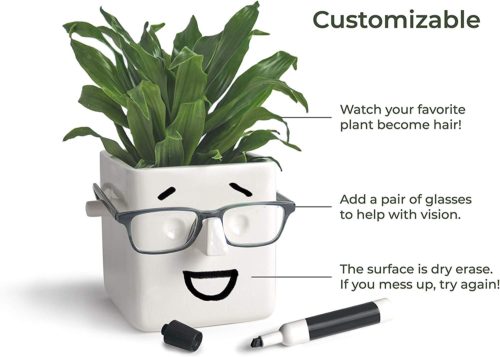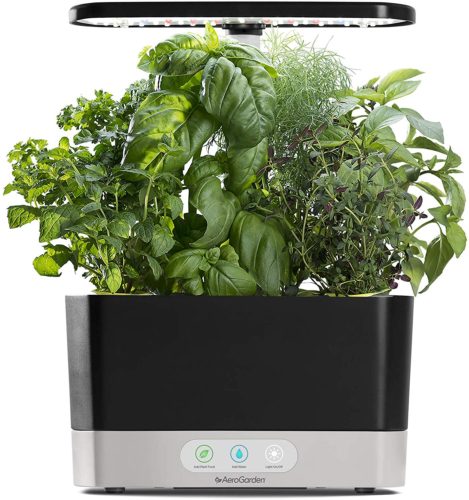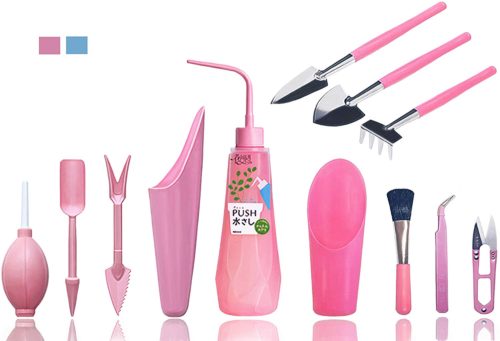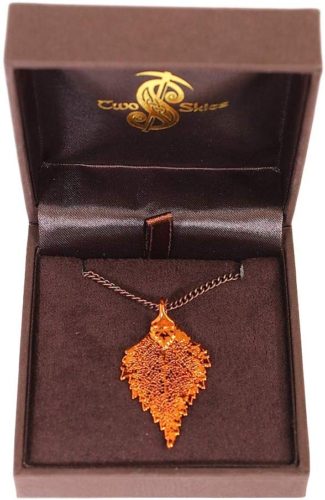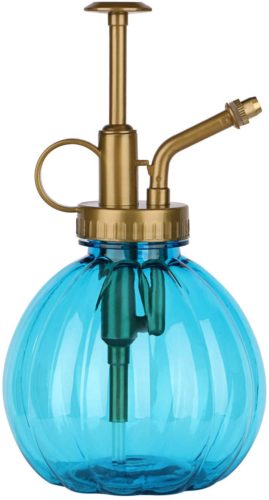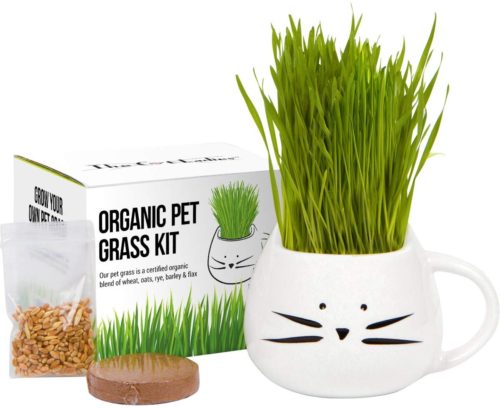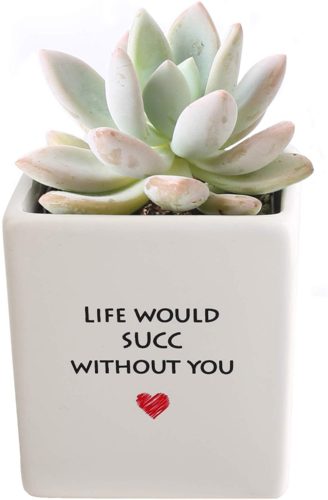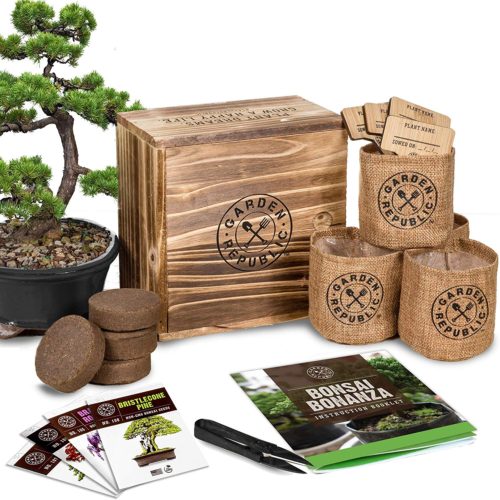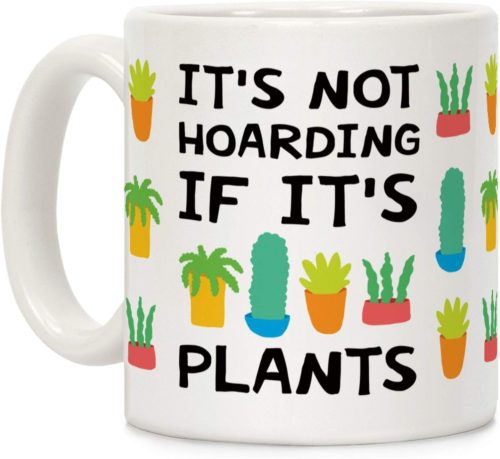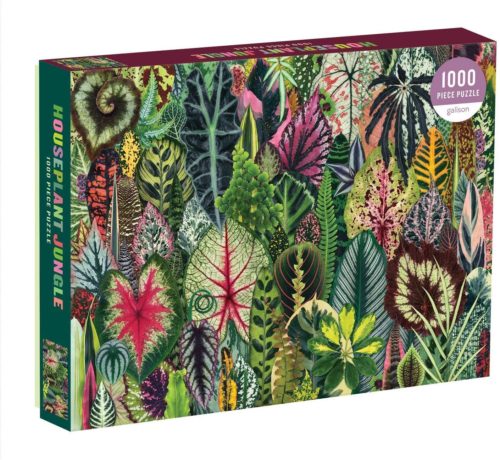Picture this: you’re living in a cozy apartment with limited natural light, but you still crave the beauty and serenity that indoor plants bring. You might think your options are limited, but fear not! There’s a whole world of low light houseplants waiting to transform your space into a refreshing and inviting environment.
In this article, we’ll explore the best low light houseplants that can adapt to various indoor conditions, from dimly lit corners to rooms illuminated solely by fluorescent lighting. We’ll also share essential tips for growing these plants successfully, (no green thumb required!) so you can enjoy their beauty and reap their numerous benefits.
Whether you’re a seasoned plant parent or a novice looking to add some greenery to your space, this guide will help you create a stunning indoor garden that will make your home feel more vibrant and inviting, no matter how much natural light you have to work with.
Tips for Growing Low Light Indoor Plants
Growing low light indoor plants can be a rewarding experience, but it does require some special attention and care. By following these tips and tricks, you’ll be able to create the perfect environment for your plants to grow, even in the most challenging lighting conditions.
Avoid Overwatering
One of the most common mistakes plant owners make is overwatering their low light plants. Since these plants grow more slowly and use less water, it’s crucial to let the soil dry out between waterings. Stick your finger about an inch into the soil; if it feels dry, it’s time to water. Remember, it’s better to underwater than to overwater, as too much moisture can lead to root rot and other issues.
Use Well-Draining Potting Mix
To further prevent overwatering and root rot, use a well-draining potting mix specifically designed for indoor plants. These mixes often contain ingredients like perlite, pumice, or coconut coir, which help excess water drain away from the roots while still retaining some moisture. This is especially important for any new plant you bring home from the store. They are usually potted in a coco coir soil mix that will hold onto more water than you want! So be sure to re-pot them into different soil when you get home. (A cactus and succulent mix, or an indoor plant soil with added perlite would be a good choice!)
Additionally, it’s crucial to choose the right pot size for your low-light houseplants. Avoid using pots that are too large, as they can hold excessive amounts of water, leading to soggy soil and potential root rot. Opt for a pot that’s only slightly larger than the plant’s root ball, allowing enough room for growth while preventing waterlogged conditions. If you have moist soil for longer than a week, then it’s time to consider switching to a better draining soil or pot.
And, as you may have guessed, when repotting your plants, always choose a container with drainage holes to allow excess water to escape! This is especially important for plants in low light!
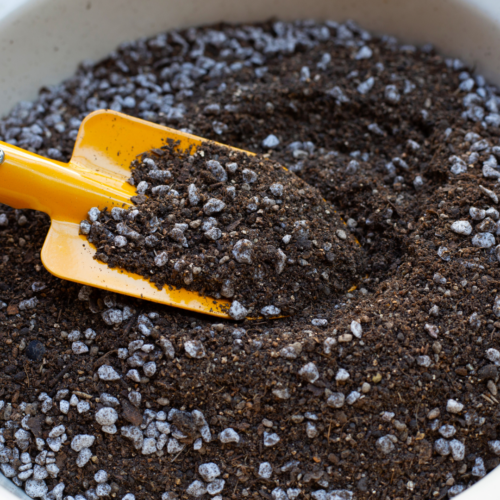
Maintain Proper Temperature and Humidity
Most low light houseplants prefer temperatures between 60°F and 75°F (15°C and 24°C). This is especially true for tropical plants. The only reason I mention temprrature is because low light conditions combined with low temperatures can lead to slower evaporation, keeping the soil moist for longer periods. This can increase the risk of root rot, a common issue for houseplants.
Avoid placing your plants near cold drafts or heat sources, as extreme temperature fluctuations can stress them out.
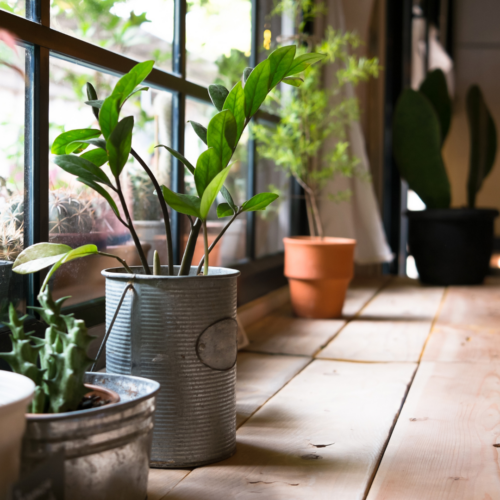
Many low light plants also benefit from higher humidity levels, which you can achieve by placing a humidity tray nearby, misting the leaves occasionally, or grouping plants together.
Fertilize Sparingly
Since low light plants grow more slowly, they require less fertilizer than their sun-loving counterparts. Overfertilizing can lead to salt buildup in the soil and damage the roots. Stick to a weak, balanced fertilizer solution once a month during the growing season (spring and summer), and avoid fertilizing altogether during the winter months when growth slows down even more.
Watch for Signs of Stretching
Even low light plants need some light to survive, and if they’re not getting enough, they may start to stretch or grow leggy in search of more light. If you notice your plant becoming taller and spindly with more space between leaves, it’s a sign that it needs more light. Try moving it closer to a window or adding a supplemental light source, like a grow light, to keep it compact and healthy.

By following these tips and paying attention to your plants’ needs, you’ll be able to create a thriving indoor jungle, even in the darkest corners of your home.
Best Low Light Houseplants
Now that you know how to care for low light plants, it’s time to explore some of the best options for your home. These versatile plants come in a variety of shapes, sizes, and colors, so you’re sure to find one (or more!) that suits your style and space.
ZZ Plant (Zamioculcas zamiifolia)
The ZZ Plant is a true low light champion, able to survive in even the darkest corners of your home. With its glossy, dark green leaves and upright growth habit, it adds a striking architectural element to any room. ZZ Plants are also incredibly low maintenance, requiring minimal watering and care.

Marble Queen Pothos (Epipremnum aureum ‘Marble Queen’)
Marble Queen Pothos is a stunning variety of the classic pothos plant, featuring heart-shaped leaves variegated with creamy white and green. This trailing plant is perfect for hanging baskets or shelves, and it can tolerate a wide range of lighting conditions, from low to bright indirect light.

Silver Bay Aglaonema (Aglaonema ‘Silver Bay’)
Silver Bay Aglaonema is a beautiful foliage plant with silver-green leaves and dark green edges. It’s a slow-growing, compact plant that’s perfect for tabletops or desks, and it can thrive in low to medium light conditions.

‘Silver Pothos’ Scindapsus (Scindapsus pictus ‘Silvery Anne’)
‘Silver Pothos’ Scindapsus, also known as Satin Pothos, is a trailing plant with heart-shaped leaves covered in silvery spots. It’s a fast-growing plant that can adapt to various light levels, making it a great choice for beginners.

Whalefin Snake Plant
The Whalefin Snake Plant, a distinctive cultivar of the resilient snake plant, boasts thick, flat leaves reminiscent of whale fins. This low-maintenance houseplant is a true survivor, thriving in low-light conditions and tolerating infrequent watering, making it an ideal choice for those with a tendency to forget about their plant companions.

Spider Plant (Chlorophytum comosum)
Spider Plants are classic houseplants known for their long, arching leaves and tiny plantlets that dangle from the mother plant like spiders on a web. They thrive in low to medium light and are excellent at purifying the air. For more information, check out my post on spider plant care tips!

Heartleaf Philodendron (Philodendron cordatum)
One of my personal favorites for low-light spaces is the Heartleaf Philodendron. This charming trailing plant has captured my heart with its adorable heart-shaped, dark green leaves. What I love most about it is its easygoing nature – it’s a fast grower that doesn’t demand much attention or care. Whether you have a dimly lit corner or a spot with bright, indirect light, this resilient beauty will thrive and add a touch of lush greenery to your space.

Cylindrical Snake Plant (Sansevieria cylindrica)
The Cylindrical Snake Plant is a striking, sculptural plant with long, cylindrical leaves that grow upright. It’s a slow-growing plant that can tolerate low light and infrequent watering, making it perfect for beginners or busy plant owners.

Prayer Plant (Maranta leuconeura)
Prayer Plants are known for their unique leaf movements – their leaves fold up at night like praying hands. These tropical plants have beautiful, variegated leaves with shades of green, red, and purple. Prayer Plants prefer medium to low light and higher humidity levels.

Silver Scindapsus (Scindapsus treubii ‘Moonlight’)
Silver Scindapsus is a rare and stunning tropical plant with large, heart-shaped leaves covered in silvery-green variegation. It’s a slow-growing, trailing plant that can adapt to low light conditions, making it a perfect choice for darker rooms.

English Ivy (Hedera helix)
English Ivy is a classic trailing plant with lobed, dark green leaves. It’s a fast-growing plant that can thrive in low to medium light, and it’s excellent at purifying the air. English Ivy can be grown in hanging baskets or trained to climb a trellis or pole.

Siam Aurora Aglaonema (Aglaonema ‘Siam Aurora’)
Siam Aurora Aglaonema is another variety of chinese evergreen with pink, green, and yellow variegated leaves. It’s a slow-growing, compact plant that can tolerate low to medium light. It’s bright foliage makes it perfect for adding a pop of color to darker corners of your home.

Guzmania Bromeliad (Guzmania lingulata)
Guzmania Bromeliads are exotic-looking plants with colorful, long-lasting flower bracts that rise from the center of the plant. They prefer low to medium light and can tolerate lower humidity levels than most bromeliads, making them easier to care for indoors.

Cebu Blue Pothos (Epipremnum pinnatum)
Cebu Blue Pothos is a unique variety of pothos with elongated, arrow-shaped leaves that have a metallic blue-green sheen. It’s a fast-growing, trailing plant that can adapt to various light levels, from low to bright indirect sunlight.

Velvet Philodendron (Philodendron micans)
Velvet Philodendron is a stunning trailing plant with velvety, heart-shaped leaves that have a reddish-purple underside. It’s a slow-growing plant that prefers medium to low light and higher humidity levels, making it perfect for bathrooms or kitchens.

Raven ZZ Plant (Zamioculcas zamiifolia ‘Raven’)
Raven ZZ Plant is a striking variety of the popular ZZ Plant, with glossy, almost black leaves. It’s a slow-growing, low-maintenance plant that can tolerate very low light levels and infrequent watering, making it perfect for beginners or forgetful plant owners.

Neon Pothos (Epipremnum aureum ‘Neon’)
Neon Pothos is a vibrant variety of pothos with bright, chartreuse-green leaves. It’s a fast-growing, trailing plant that can adapt to various light levels, from low to bright indirect light, making it a versatile choice for any room. Note, though, that bright light keeps its leaves a bright chartreuse color, while little light can cause the bright green to darken to a medium green shade.

Philodendron Brasil (Philodendron hederaceum ‘Brasil’)
Philodendron Brasil is a stunning trailing plant with heart-shaped leaves variegated with green and yellow. It’s a fast-growing, low-maintenance plant that can tolerate low to medium light, making it the perfect addition to brighten up those cozy, low-light nooks in your living space.

Emerald Beauty Aglaonema (Aglaonema ‘Emerald Beauty’)
With its glossy, dark green leaves adorned with silvery patterns, the Emerald Beauty Aglaonema is a true gem among foliage plants. Slow-growing and compact in nature, this beauty thrives in low to medium light conditions, making it an ideal choice for tabletops or desks where it can add a touch of elegance to any space.

Moonshine Snake Plant (Sansevieria trifasciata ‘Moonshine’)
The Moonshine Snake Plant is a unique variety of snake plant with pale, silvery-green leaves. It’s a slow-growing, low-maintenance plant that can tolerate very low light levels and infrequent watering, making it perfect for beginners or busy plant owners.

Low Light Houseplants for Fluorescent Lighting
Not all of us are lucky enough to have a home or office with abundant natural light. If you find yourself in a space illuminated primarily by fluorescent lighting, don’t despair! There are still plenty of houseplants that can thrive in artificial light conditions.
Take my friend Tristan, for example. He works in a windowless office with nothing but artificial lights overhead. His only plant, a money tree, was stretching out and losing all of its leaves under the harsh lighting. He thought he was doomed to a plant-less existence until he discovered a few hardy species that could not only survive but flourish in low light environments.
Golden Pothos (Epipremnum aureum)
Golden Pothos is a classic choice for low light environments, and it’s no surprise that it also does well under fluorescent lighting. This trailing plant has heart-shaped, variegated leaves and is virtually indestructible, making it perfect for office settings or forgetful plant owners. Check out these pothos care tips to help you keep your pothos alive!

Lucky Bamboo (Dracaena sanderiana)
Lucky Bamboo is not actually bamboo, but rather a type of Dracaena that can grow in water or soil. It’s often associated with good fortune and is a popular choice for office desks or cubicles. Lucky Bamboo can tolerate low to medium light, including fluorescent lighting, and requires minimal care. For care tips, check out my post on Lucky Bamboo plant care!

Lady Palm (Rhapis excelsa)
The Lady Palm is a slow-growing, compact palm that’s perfect for indoor spaces with fluorescent lighting. Its dark green, fan-shaped fronds add a tropical touch to any room, and it can help purify the air by removing toxins like formaldehyde and ammonia.

Peace Lily (Spathiphyllum)
Peace Lilies are not only beautiful, with their glossy green leaves and elegant white spathes, but they’re also excellent air purifiers. They prefer low to medium light and can even tolerate fluorescent lighting, making them perfect for offices or bathrooms.

Cast Iron Plant (Aspidistra elatior)
The Cast Iron Plant earned its name due to its incredible resilience and ability to survive in less-than-ideal conditions. It has long, dark green leaves that grow upright from the soil and can tolerate low light, infrequent watering, and even neglect. It’s a perfect choice for offices or homes with fluorescent lighting.

Parlor Palm (Chamaedorea elegans)
The Parlor Palm is a classic houseplant that has been popular since Victorian times. It has delicate, feathery fronds that grow in a clumping habit, making it a perfect choice for tabletops or shelves. Parlor Palms can adapt to various light levels, including fluorescent lighting, and prefer moderate humidity and consistent moisture.

Snake Plant (Sansevieria trifasciata)
The Snake Plant, also known as Mother-in-Law’s Tongue, is a tough, low-maintenance plant that can survive in almost any condition, including fluorescent lighting. It has tall, upright leaves with green and yellow variegation and can help purify the air by removing toxins like formaldehyde and benzene. For more information, check out my post on how to grow a snake plant indoors!

By choosing one or more of these fluorescent-friendly plants, you can bring a touch of nature into even the most artificially lit spaces. Not only will these plants brighten up your environment, but they’ll also help create a more pleasant and productive atmosphere.
Benefits of Low Light Houseplants
Low light houseplants are more than just beautiful additions to your home or office. They offer a wide range of benefits that can improve your quality of life, both physically and mentally. Let’s explore some of the ways these plants can make a difference in your daily life.

Improve Indoor Air Quality
Did you know that indoor air can be up to five times more polluted than outdoor air? This is due to a combination of factors, including poor ventilation, off-gassing from furniture and carpets, and the use of cleaning products and personal care items. Fortunately, many low light houseplants are excellent at removing toxins from the air, such as formaldehyde, benzene, and ammonia.
NASA’s famous Clean Air Study found that plants like Snake Plants, Peace Lilies, and Pothos are particularly effective at purifying the air. By adding these plants to your home or office, you can create a healthier environment for yourself and those around you.
Boost Mood and Productivity
Being around plants has been shown to have a positive effect on mental health. Studies have found that people who work in environments with plants report lower levels of stress, anxiety, and depression compared to those in plant-free spaces. The presence of plants can also improve concentration, creativity, and overall productivity.
Think about it this way: when you’re surrounded by the calming presence of plants, it’s easier to focus on the task at hand and feel more motivated to tackle challenges. So, if you’re looking for a simple way to boost your mood and productivity, consider adding some low light houseplants to your space.
Enhance Home Decor
Low light houseplants are a stylish addition to any home decor. From modern ZZ Plants to bohemian trailing Pothos, they bring natural beauty and texture to any room. These plants also soften spaces by hiding sharp lines (such as corners and ceiling joints) thereby creating a more inviting and comfortable atmosphere.

Conclusion
In conclusion, low light houseplants are an excellent choice for bringing nature indoors, regardless of the available natural light. By selecting the right plants and providing proper care, you can create a thriving indoor garden that enhances your space and well-being.
The key to success is understanding each plant’s unique needs and adapting your care routine accordingly. With patience and attention, you’ll be rewarded with a lush, vibrant collection that brings joy for years.
Don’t let a lack of natural light discourage you from embracing the world of low light houseplants. Start small with hardy options like ZZ Plants or Pothos, and gradually expand as you gain experience. Soon, you’ll have a home filled with the calming presence of plants, wondering how you ever lived without them.
Remember, plants are living companions that teach us about resilience, adaptability, and growth. By nurturing them, we nurture ourselves and cultivate a deeper connection with nature. Explore the wonderful world of low light houseplants and discover the many joys and benefits they offer. Your journey to a greener, more vibrant life starts now!
Frequently Asked Questions:
Low light conditions are typically defined as areas that receive no direct sunlight and are located more than 5 feet away from a window. These spaces may feel dimly lit to the human eye, but many plants have adapted to thrive in these conditions. Examples of low light areas include north-facing rooms, bathrooms with small windows, and offices with fluorescent lighting.
While some low light plants can survive in spaces with no natural light, such as rooms with only fluorescent lighting, most will benefit from at least some exposure to natural light. If you have a plant in a room with no windows, consider moving it to a brighter spot for a few hours each week to help it maintain its health and vigor. Alternatively, you can use artificial grow lights to provide your plants with the light they need to thrive.
The watering needs of low light plants can vary depending on the specific species, the size of the plant and pot, and the humidity levels in your home. As a general rule, low light plants require less water than those grown in brighter conditions, as they tend to grow more slowly and use less moisture. To determine when to water your low light plants, check the soil moisture by sticking your finger about an inch into the soil. If it feels dry, it’s time to water. If the soil still feels damp, wait a few more days and check again. It’s important to avoid overwatering, as this can lead to root rot and other issues.


